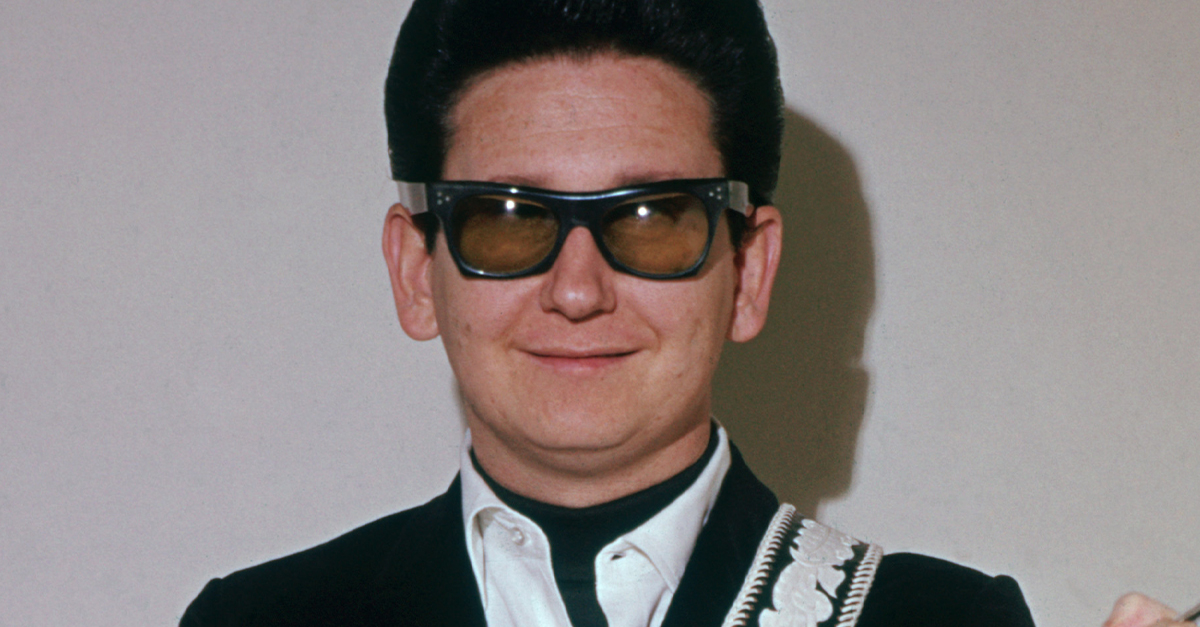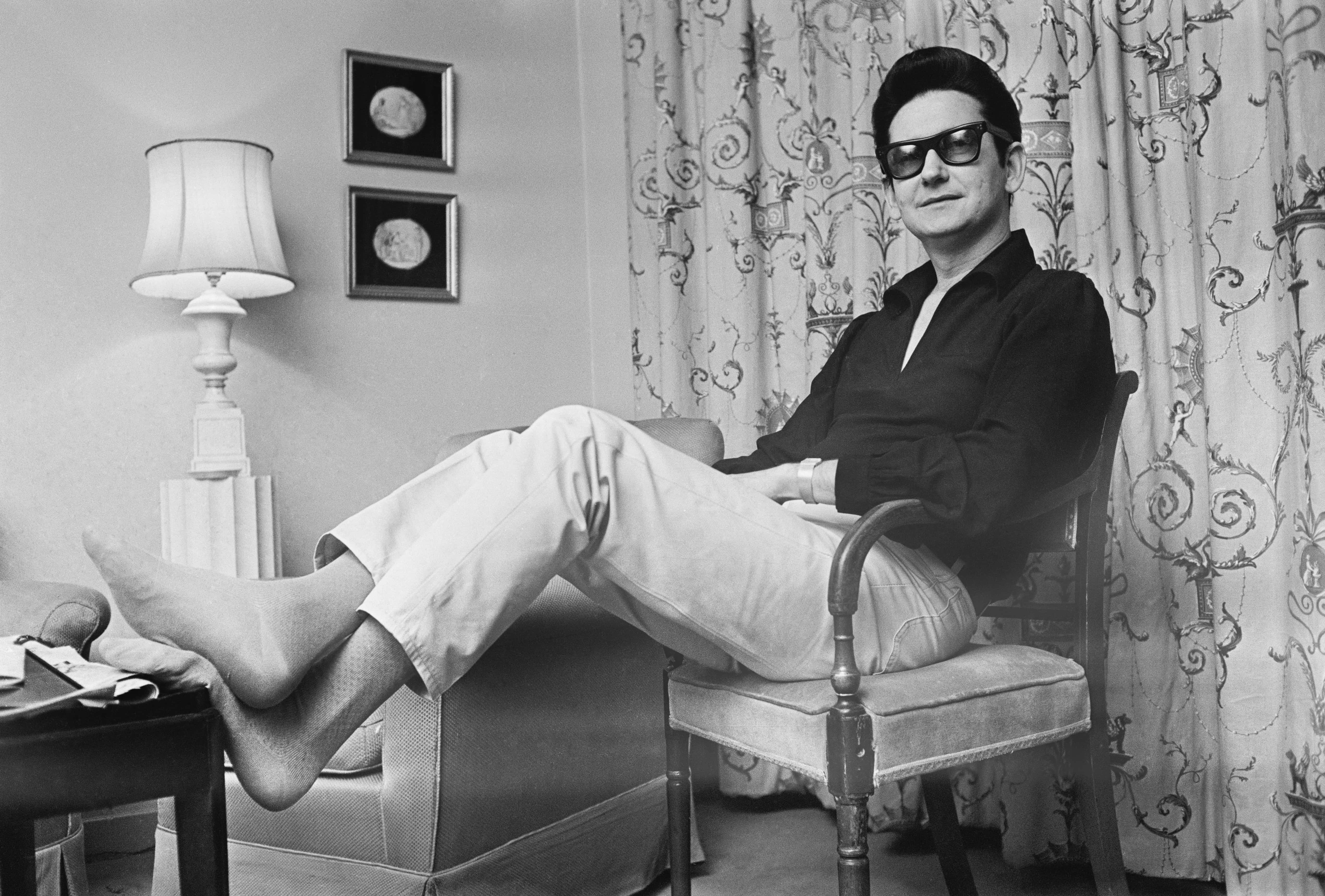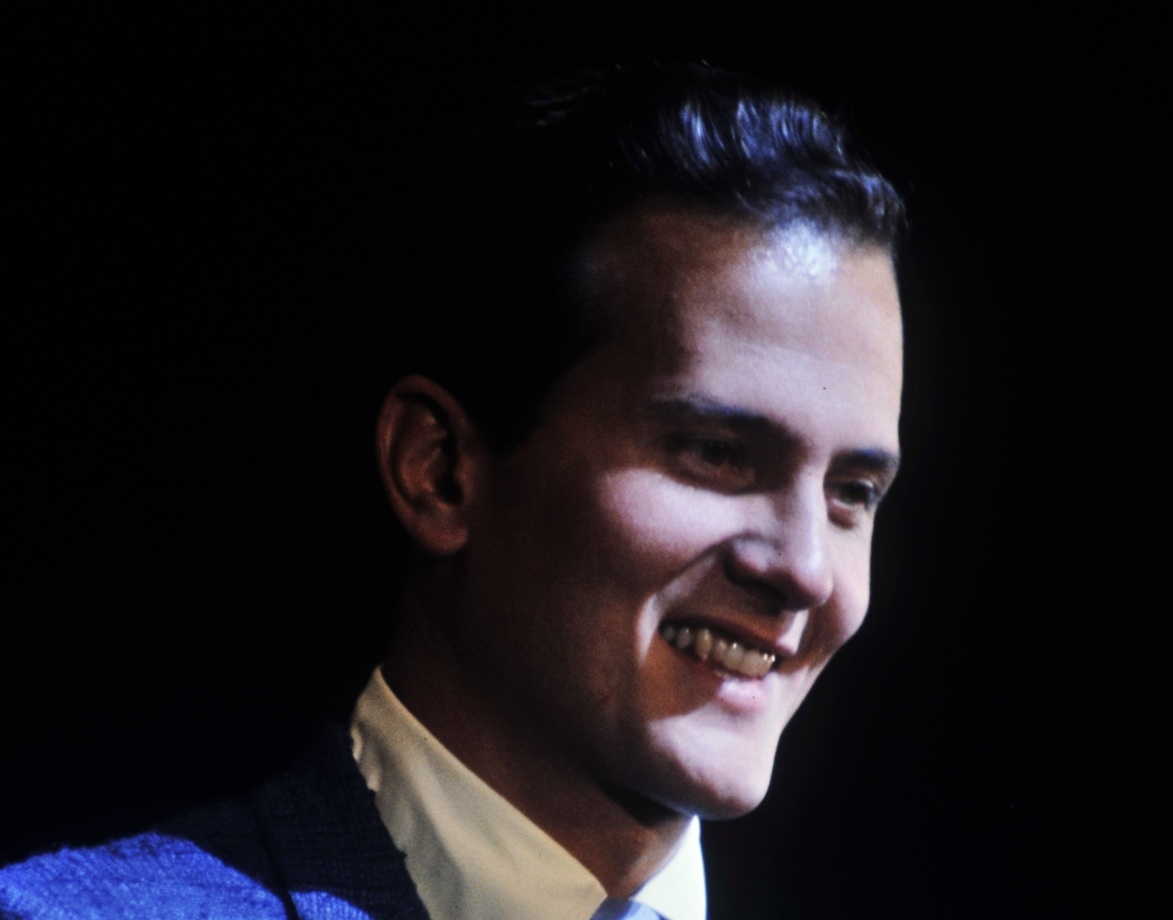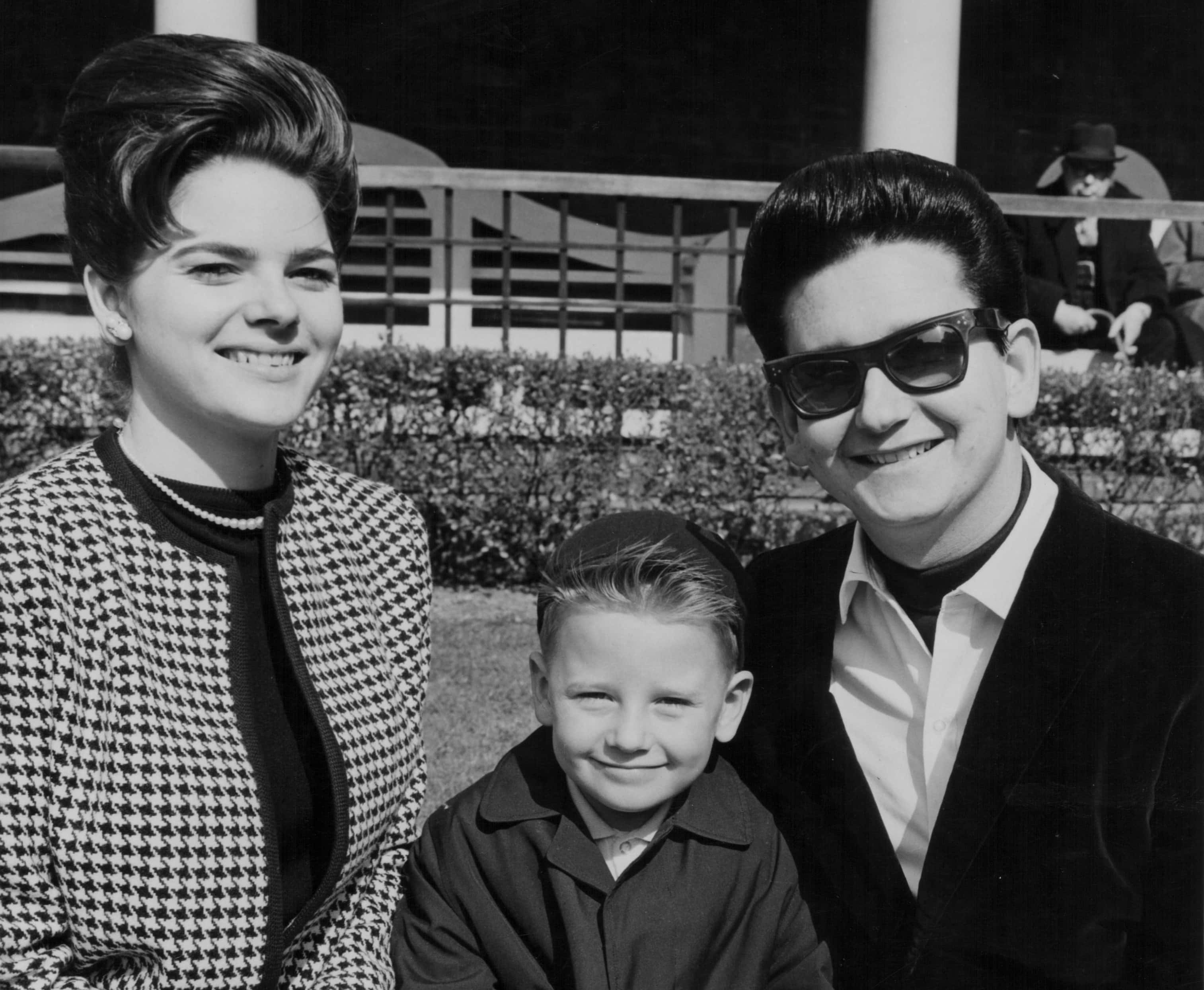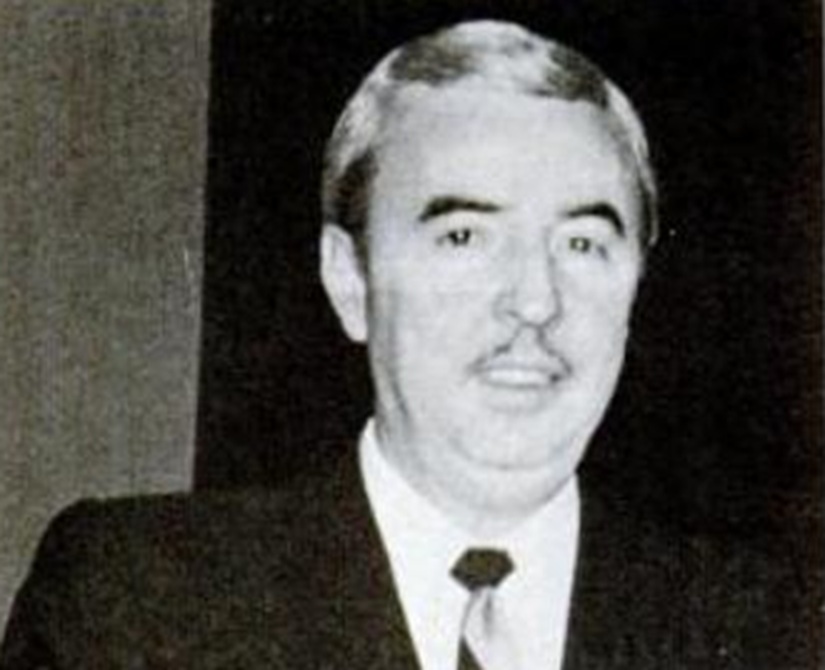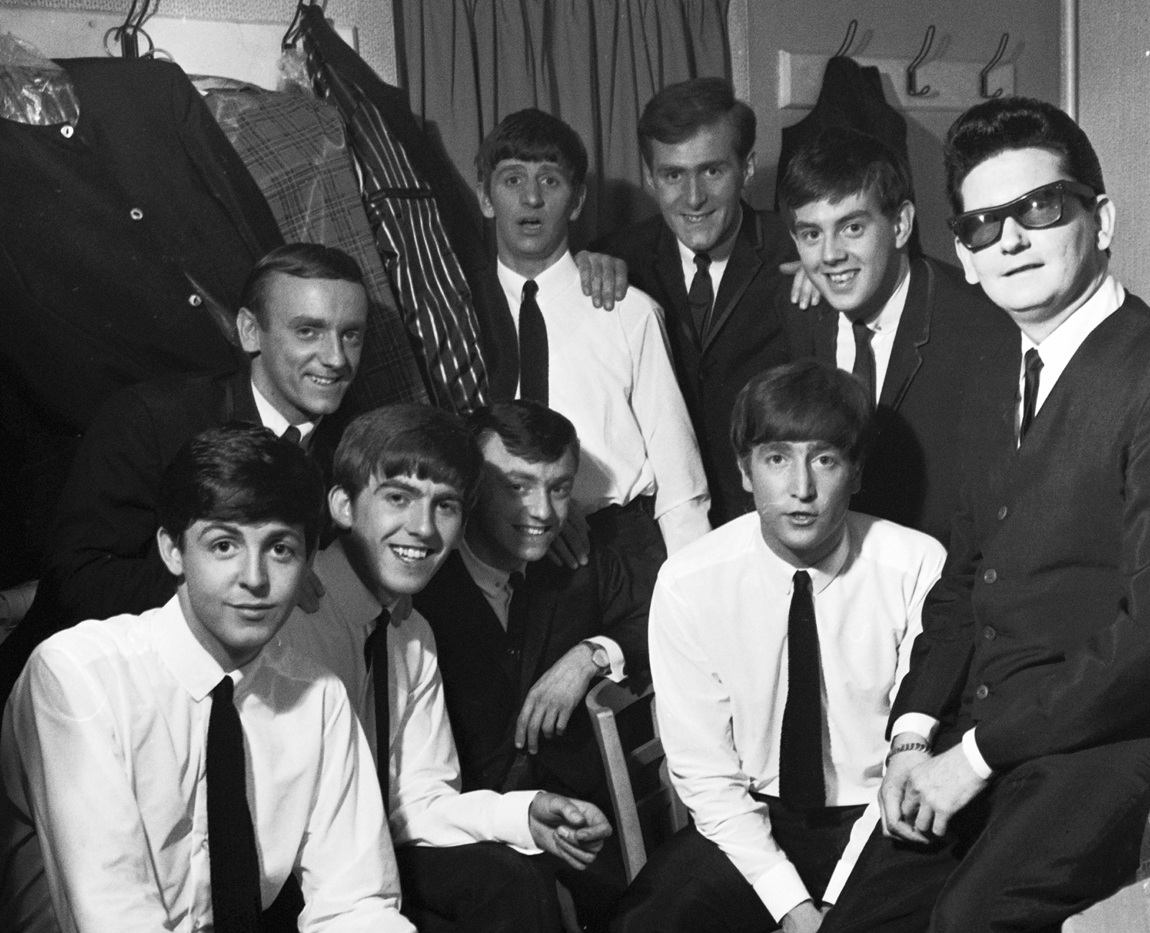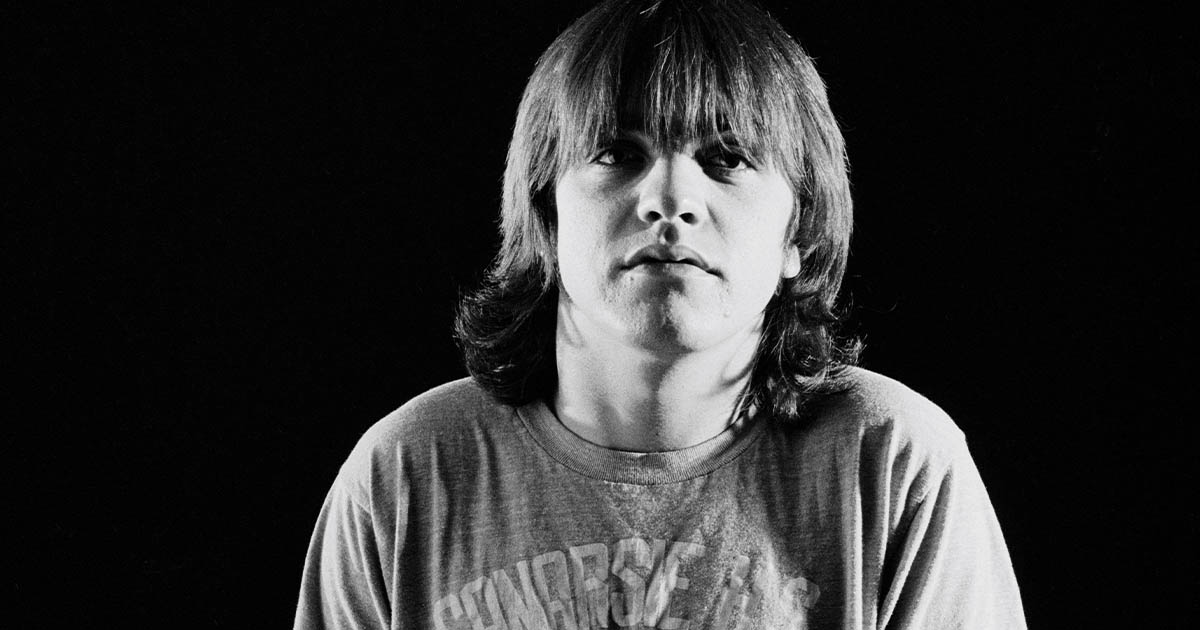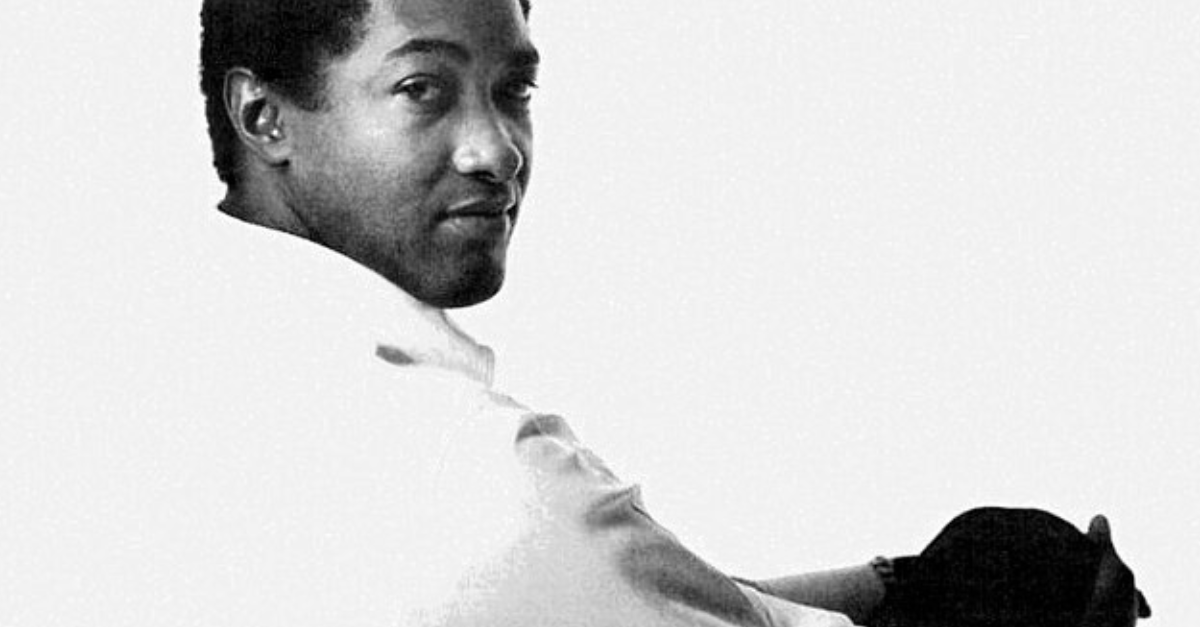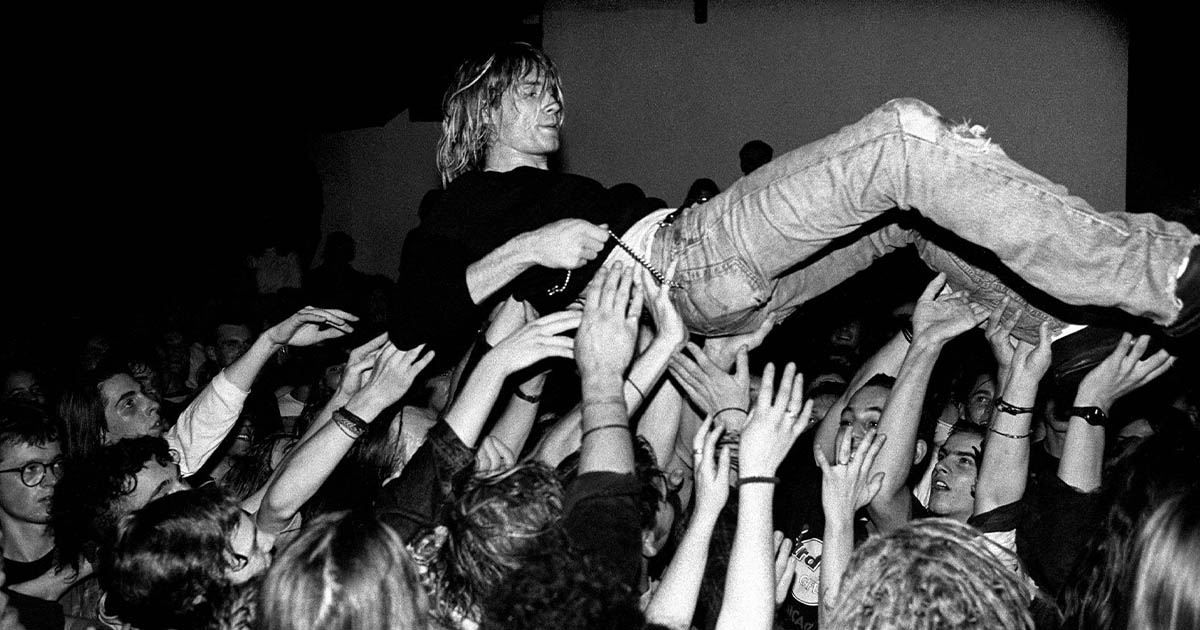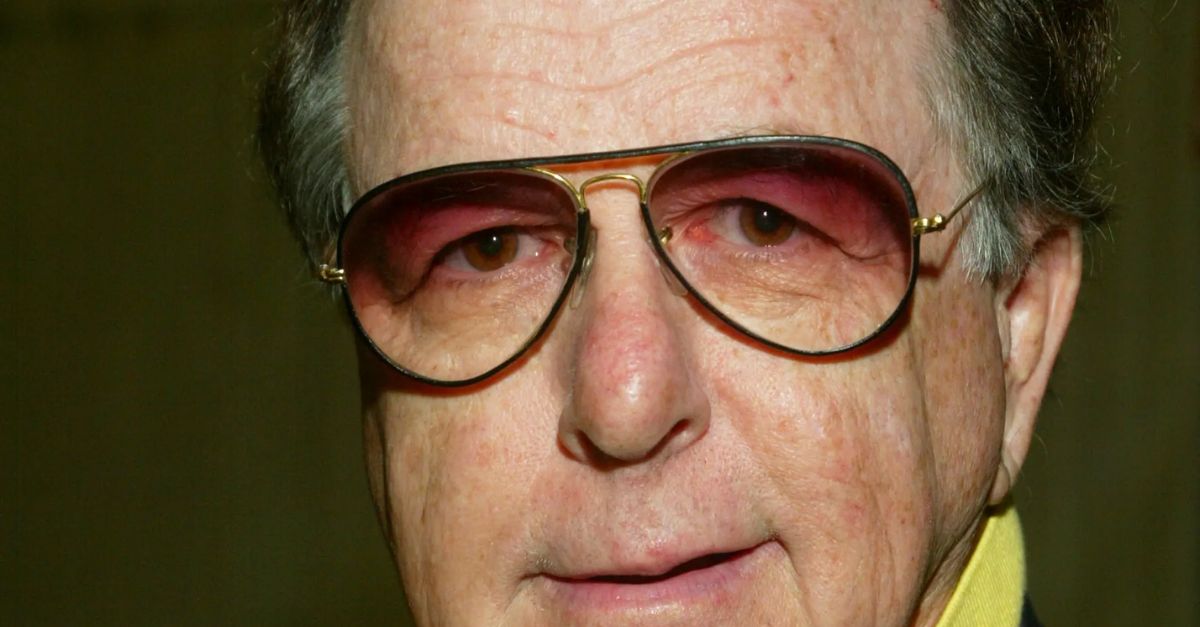An Unconventional Legend
The rock scene of the 1950s and early 1960s was full of artists who exuded traditional masculinity, but among them all, Roy Orbison rose through the ranks. In attitude, Orbison was shy and self-conscious, albeit a little egotistic. However, through his music, he portrayed a unique vulnerability that turned him into an inspiration for so many—even through the tragedies that plagued his life.
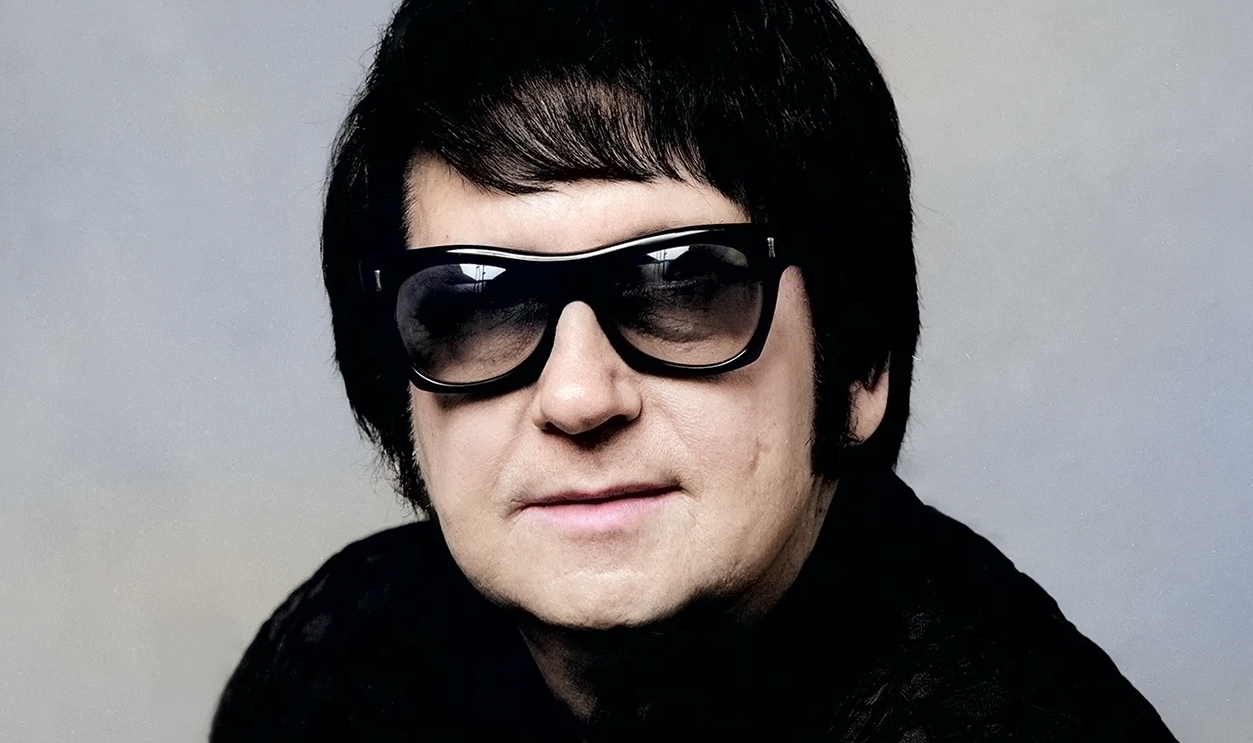
1. He Inherited His Creativity
Many in the music industry have held Roy Orbison’s unique creativity in high esteem, despite his extensive journey from relative obscurity. He was born on April 23, 1936, in Vernon, Texas to a family coming off the Great Depression. Although his father worked as an oil field driller when he could, his mother, Nadine Vesta Shults, enjoyed more creative endeavors such as poetry and painting, undoubtedly influencing Roy’s artistic spirit.
This didn’t mean his father was unhappy about his son’s interests, though.
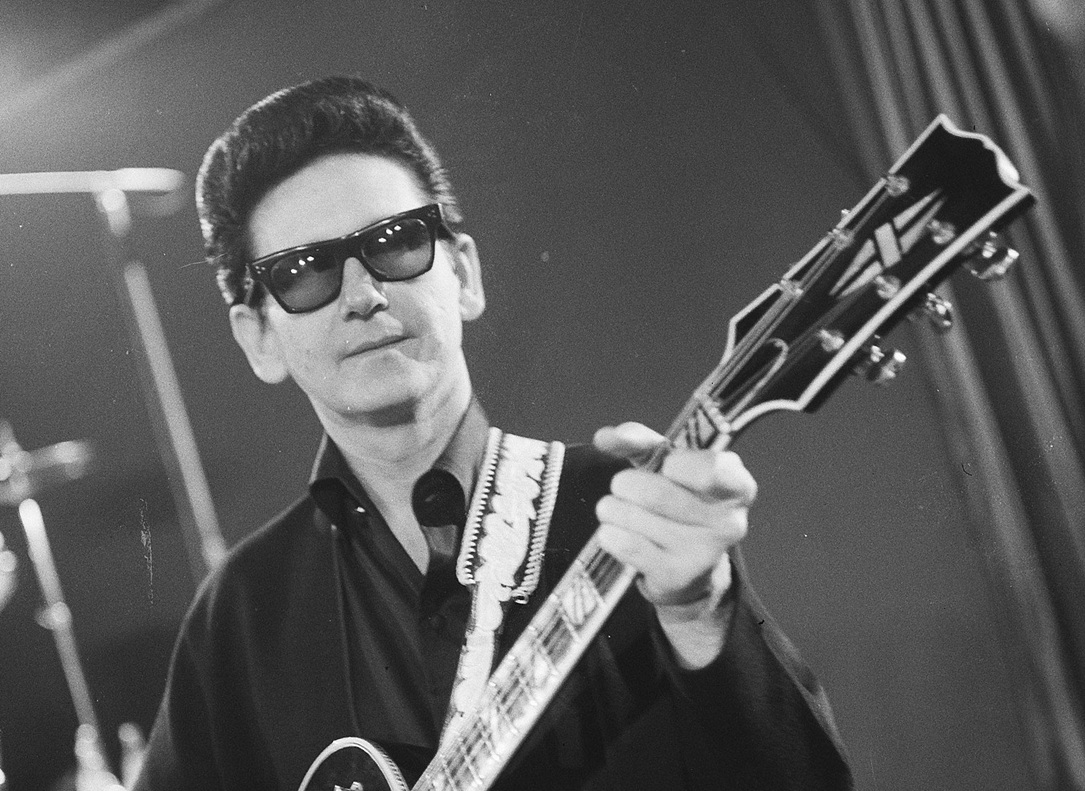 Jack de Nijs for Anefo, Wikimedia Commons
Jack de Nijs for Anefo, Wikimedia Commons
2. His Family Was Supportive
While Roy’s father, Orbie Lee Orbison, had to focus on finding work, he still found time to encourage his son’s musical beginnings. At six years old, Roy received a guitar from his father for his birthday and took to it like a fish to water. Over the years, Roy would learn to play from his father and older brother.
However, it wasn’t just any kind of music he was playing.
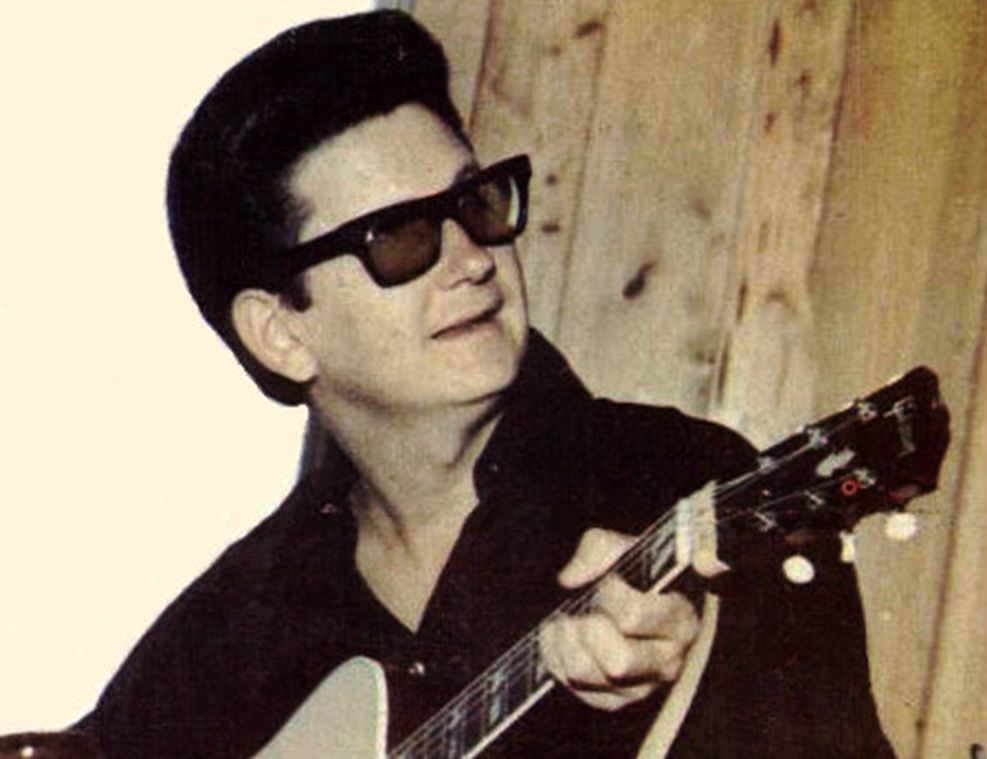 MGM Records, Wikimedia Commons
MGM Records, Wikimedia Commons
3. He Loved Country
Growing up in Texas, it wasn’t hard to predict what genre of music would speak to Roy most. As he learned guitar and cultivated his talent, he became more attached to country music, specifically Western swing. Musicians like Jimmie Rodgers, Hank Williams, and especially Lefty Frizzell’s vocal talents, left quite an impact on Roy.
Soon, his love of music would pay off.
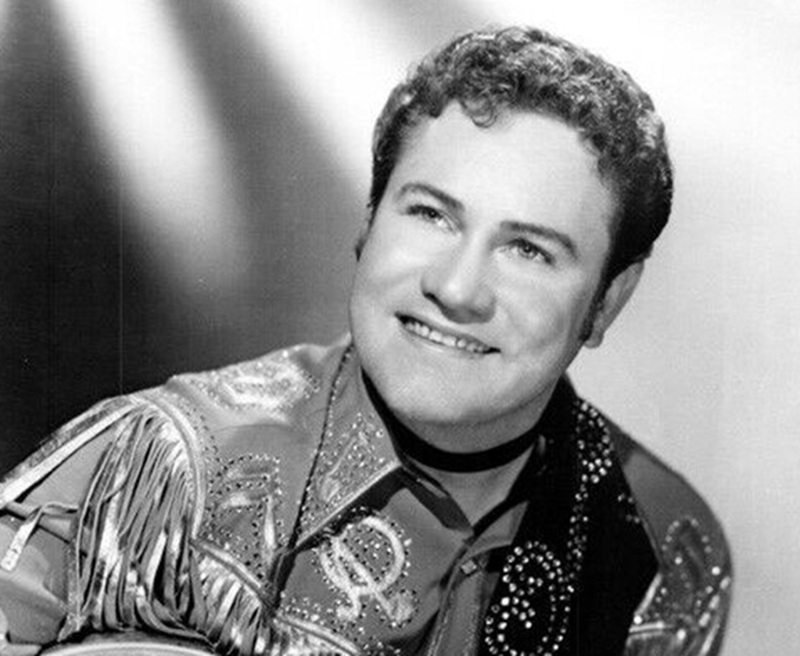 Columbia Records, Wikimedia Commons
Columbia Records, Wikimedia Commons
4. He Won A Contest
Roy had an inherent aptitude for singing and playing guitar, which those who heard him seemed to recognize early on. At only nine years old, while living with his grandmother in Vernon, Texas, he won a contest with the KVWC radio station. As a result, they gave him a weekly radio show on which he sang a regular setlist of songs.
However, not every aspect of growing up was easy for Roy—there was something that he seriously struggled with.
5. He Was His Own Worst Critic
Unfortunately, Roy never seemed to have a high view of himself and spent most of his time alone because of it. His naturally grey hair and thick glasses made him uncomfortable about his appearance, and shy around others. Even when it came to his singing, he thought it was merely memorable, even though everyone greatly admired his talent.
Still, this didn’t stop him from pursuing his dream.
 Bruce Tuten, CC BY 2.0, Wikimedia Commons
Bruce Tuten, CC BY 2.0, Wikimedia Commons
6. He Created A Group
Finally, Roy found a group of people to join him on the path to show business. In 1949, he enlisted several school friends to create a band called the Wink Westerners, playing western swing music in bars and on the radio. After the group received $400 to play a school dance, Roy realized music could be a legitimate career.
He then made a significant change.
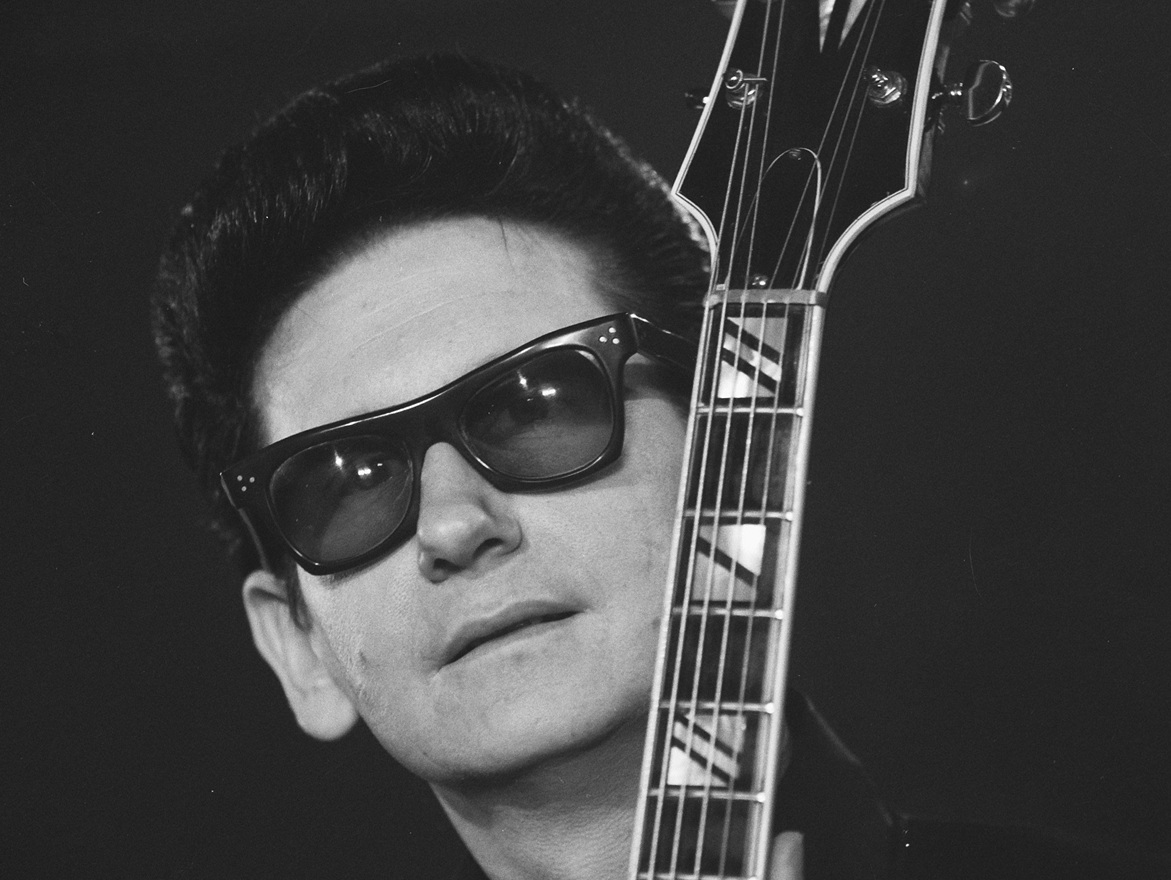 Jack de Nijs for Anefo, Wikimedia Commons
Jack de Nijs for Anefo, Wikimedia Commons
7. He Switched Things Up
From the moment he received a guitar as a child, Roy not only became talented with the instrument, but was intent on performing mainly as a guitar player. However, by the time he was 15, he realized that he enjoyed singing much more and decided to focus on his voice, allowing the guitar to serve more as an accessory.
Of course, music wasn’t the only thing in his life at this time.
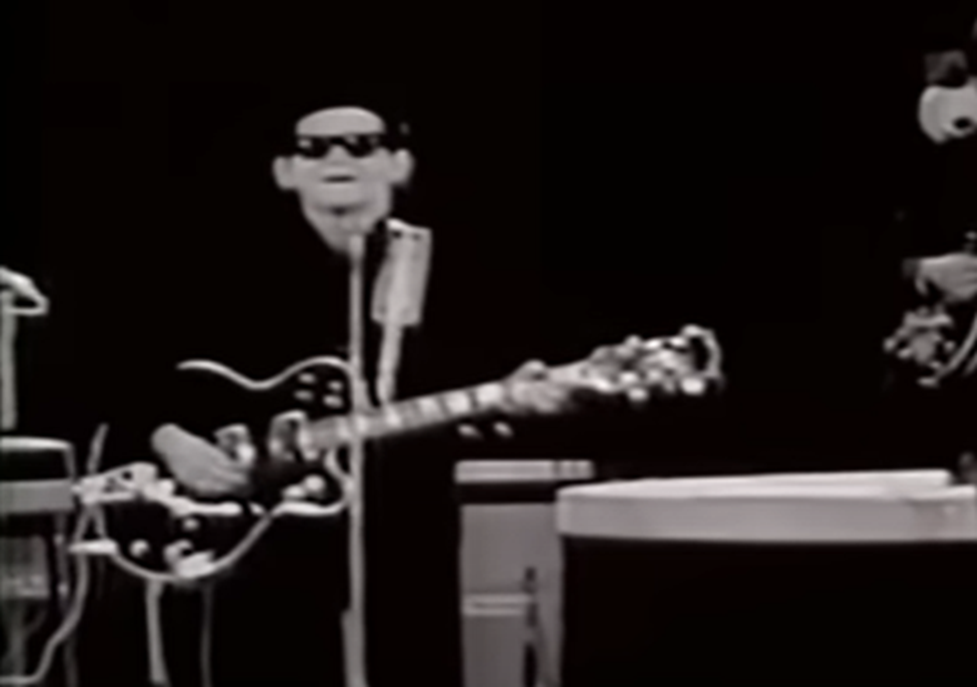 TNN, The Life and Times of Roy Orbison (1998)
TNN, The Life and Times of Roy Orbison (1998)
8. He Tried To Get An Education
While Roy may have dreamed of becoming a musician, times were hard—and he knew he would need a back-up if things didn’t go his way. Following in his father’s footsteps, Roy thought working in the oil-fields would be a good idea, enrolling at North Texas State College to study geology in 1954. However, this didn’t last forever.
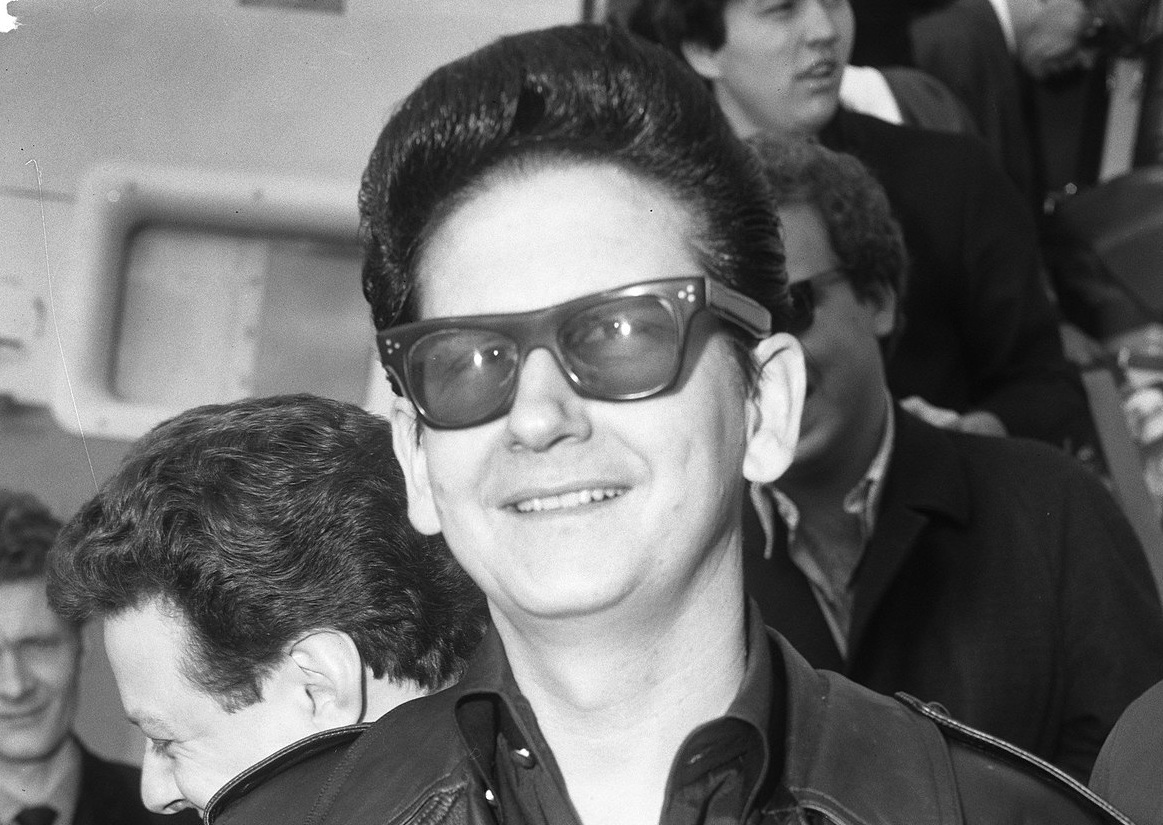 Jack de Nijs for Anefo, Wikimedia Commons
Jack de Nijs for Anefo, Wikimedia Commons
9. He Decided His Career
Following Roy’s first year of college, he still performed with the Wink Westerners but remained conflicted between education and music. This started to change when he heard that his friend, Pat Boone, was living his dream and had signed up with a record label. Suddenly, the concept of becoming a professional musician seemed more real than ever before.
Following this, he made another big decision.
10. He Changed Groups
By 1955, Roy’s time with the Wink Westerners had ended, and the band dissolved. This came shortly after he switched colleges, but these new surroundings brought new opportunities. Roy joined two of his former bandmates, James Morrow and Billy Pat Ellis, in creating a new group called the Teen Kings, which also brought on two new faces.
It wasn’t long before they got some traction.
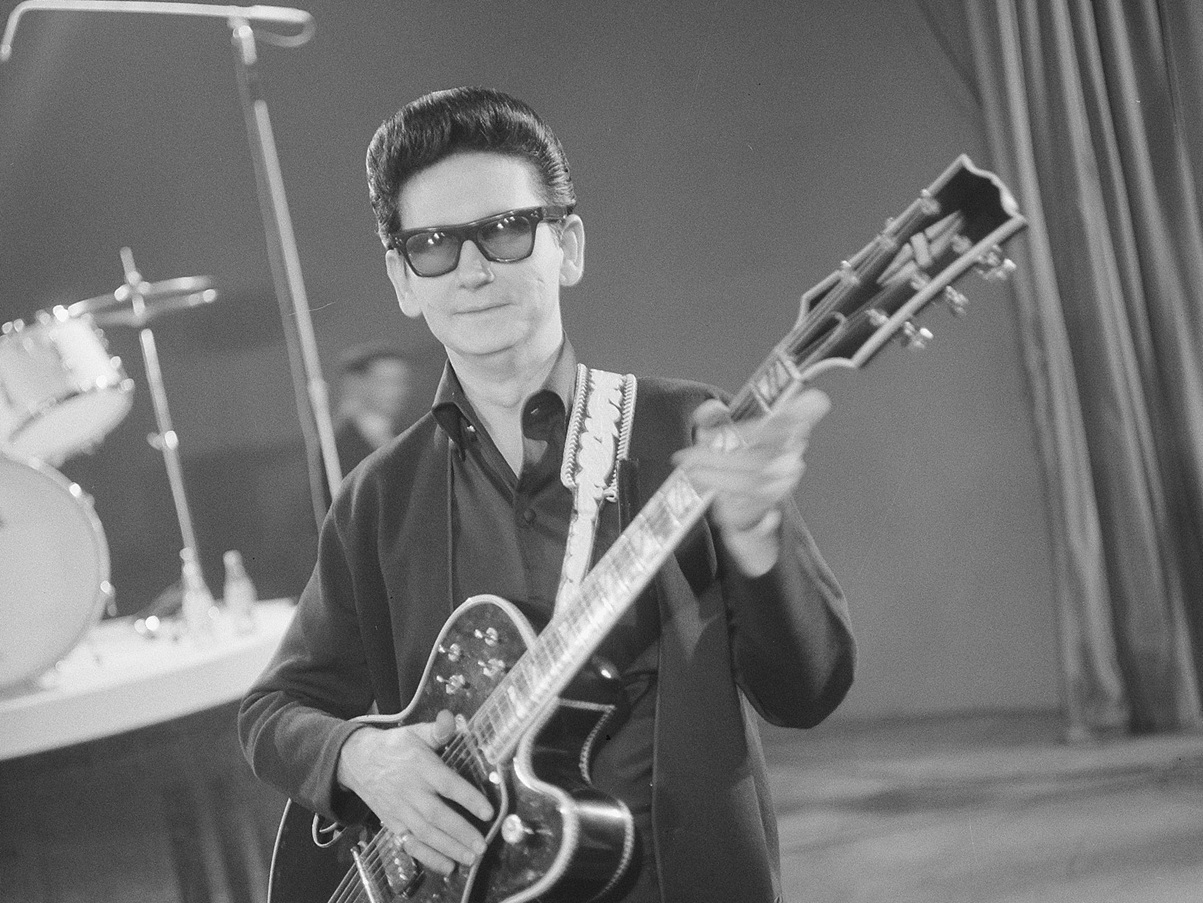 Jack de Nijs for Anefo, Wikimedia Commons
Jack de Nijs for Anefo, Wikimedia Commons
11. They Recorded A Single
Using a song written by a couple of Roy’s other college friends, the Teen Kings recorded “Ooby Dooby” and published it under a start-up label called Je–Wel in 1956. Roy wasn’t satisfied, however, and the band eventually paid back the company’s production costs in exchange for the freedom to find a bigger label.
This paved the way for even bigger achievements.
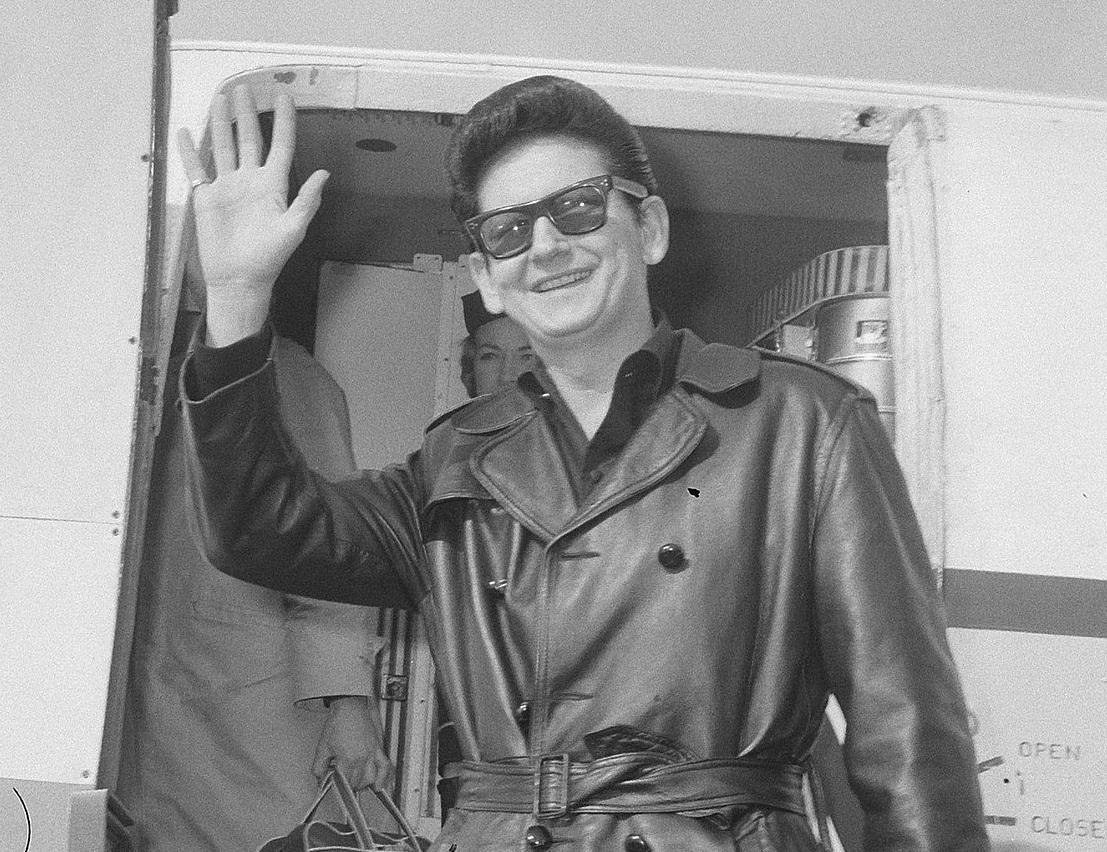 Jack de Nijs for Anefo, Wikimedia Commons
Jack de Nijs for Anefo, Wikimedia Commons
12. They Joined A Label
A couple of months after their first recording of “Ooby Dooby,” the Teen Kings connected with a more prominent label. While the details of how they became associated with Sun Records are foggy, they quickly flew to Memphis, Tennessee, to re-record their single with the studio. Soon after, the head of Sun Records, Sam Phillips, signed the band on.
Around this time, Roy started experiencing a shift.
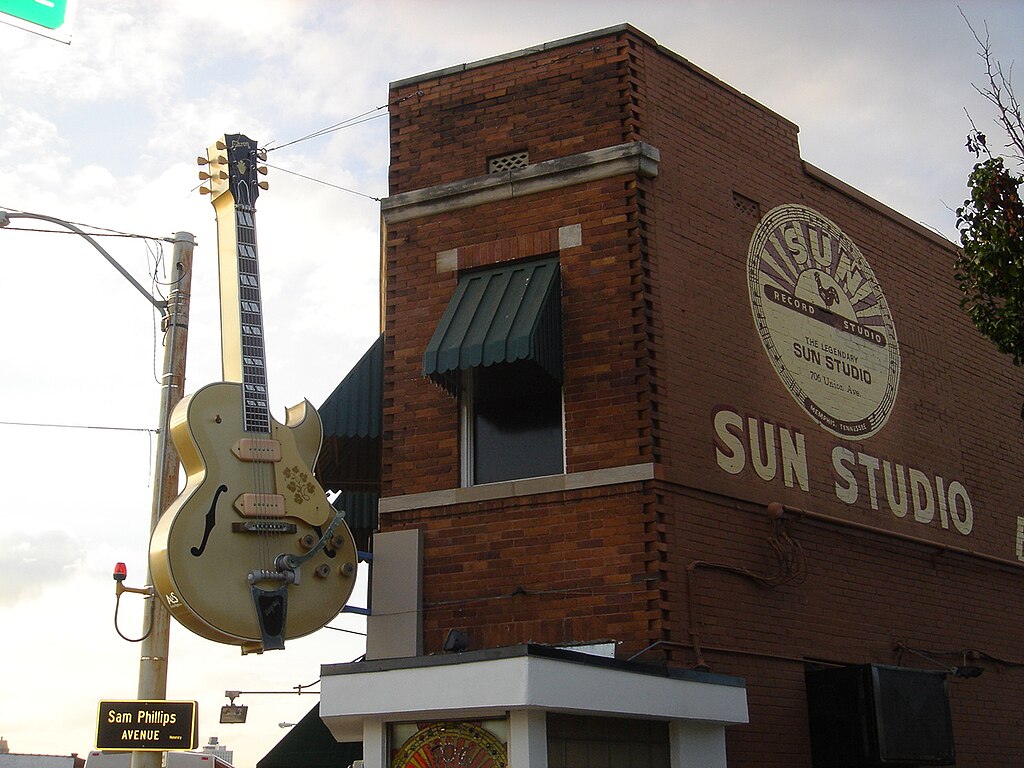 Egghead06, CC BY-SA 3.0, Wikimedia Commons
Egghead06, CC BY-SA 3.0, Wikimedia Commons
13. His Taste Evolved
As Roy continued with the Teen Kings and Sun Records, he moved away from the western swing genre that got him started. Even beyond what Phillips wanted from him, which was to emulate the rockabilly style of Elvis Presley, Roy longed to transition toward slower and more passionate ballads. But there was even more trouble on the horizon.
 RCA Records, Wikimedia Commons
RCA Records, Wikimedia Commons
14. Their Tensions Rose
Playing alongside some of the big names in country, such as Carl Perkins and Johnny Cash, the Teen Kings still found themselves declining. What little money the band was making wasn’t enough to support them, and it grew increasingly harder for the rest of the band to work with Roy, with some calling him “egomaniacal”.
Eventually, things reached a breaking point.
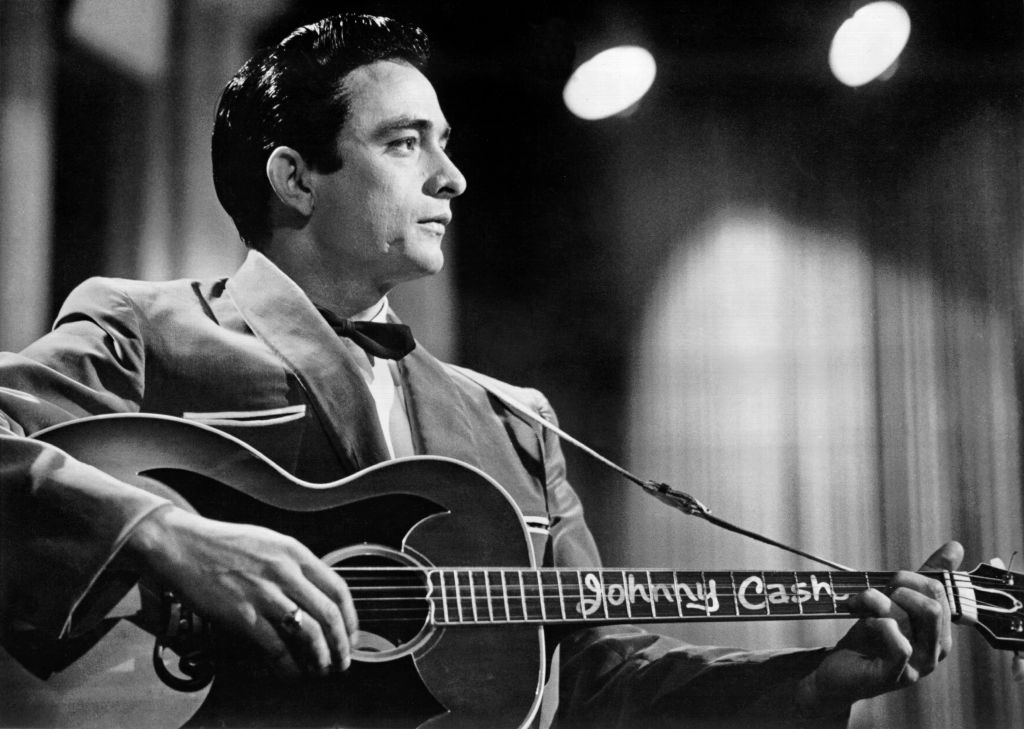 Michael Ochs Archives, Getty Images
Michael Ochs Archives, Getty Images
15. They Were Done
Roy may have thought he was the star, but he wasn’t the only one, and his ego was only boosted by the producers around him. This became evident when his bandmates learned of a plan to change their name to "Roy Orbison and The Teen Kings," prompting everyone but Roy to walk out. It wasn’t long after this, in December 1956, that the Teen Kings disbanded.
Unfortunately, Roy was not better off.
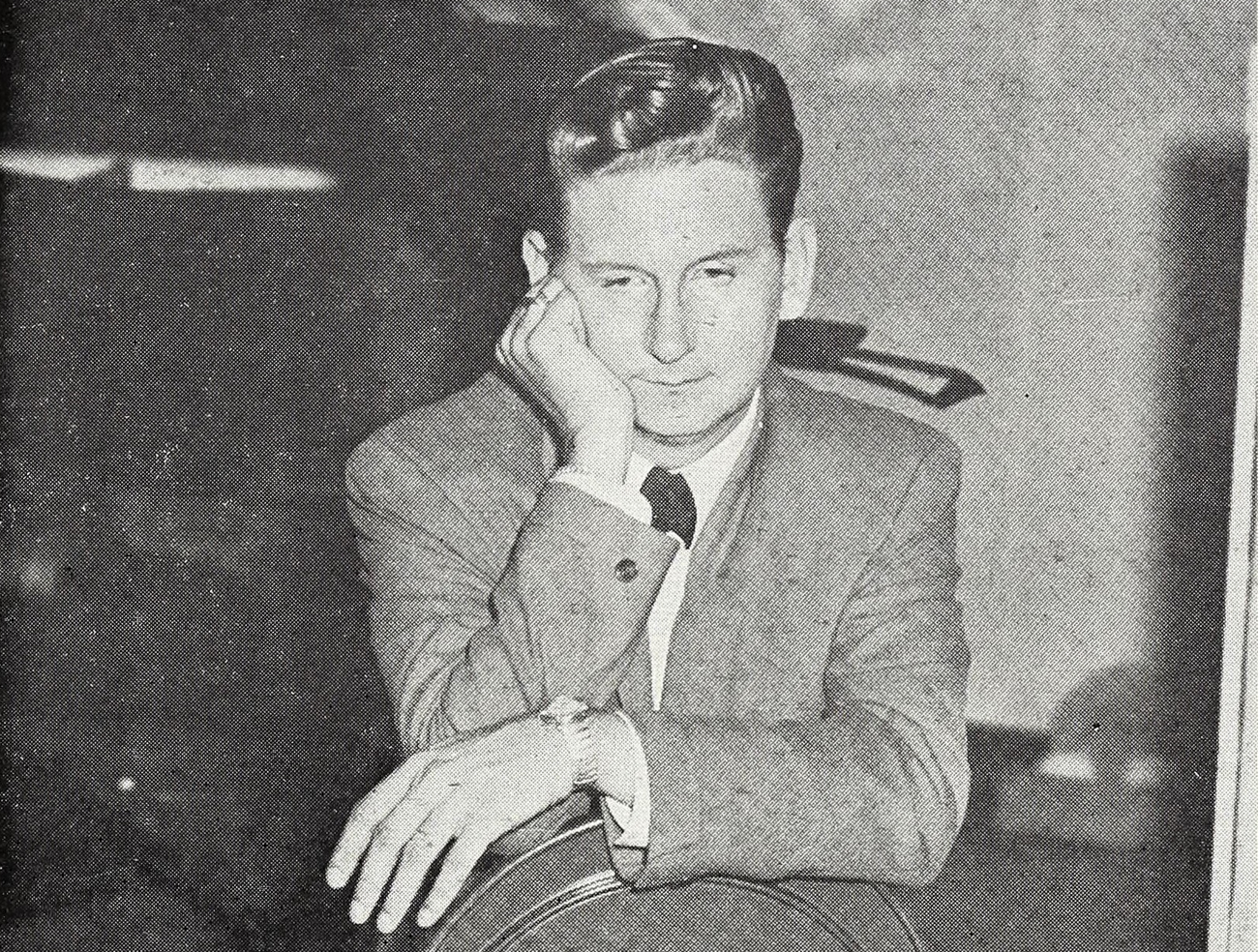 Monument Records, Wikimedia Commons
Monument Records, Wikimedia Commons
16. He Needed Money
Like the rest of his former bandmates, Roy hadn’t received much from the Teen Kings’ music, but it got worse when everyone else quit. In the immediate aftermath of the break-up, Sun Records wasn’t sure what to do with Roy as a solo artist, so his financials suffered. Not wanting to give up, he instead turned to performing on the road.
Still, he eventually made another attempt.
 Bruce Tuten, CC BY 2.0, Wikimedia Commons
Bruce Tuten, CC BY 2.0, Wikimedia Commons
17. He Struck Out
Having spent a few months away from the studio, Roy again tried to establish himself as a solo recording artist. Returning to Sun Records in mid-1957, he recorded a collection of songs with only his voice and acoustic guitar. Regrettably, the music industry is fickle, and every song of his failed. This made him realize that being a recording artist was not in the cards.
But though there were dark clouds rolling in, he still managed to hit a few personal milestones.
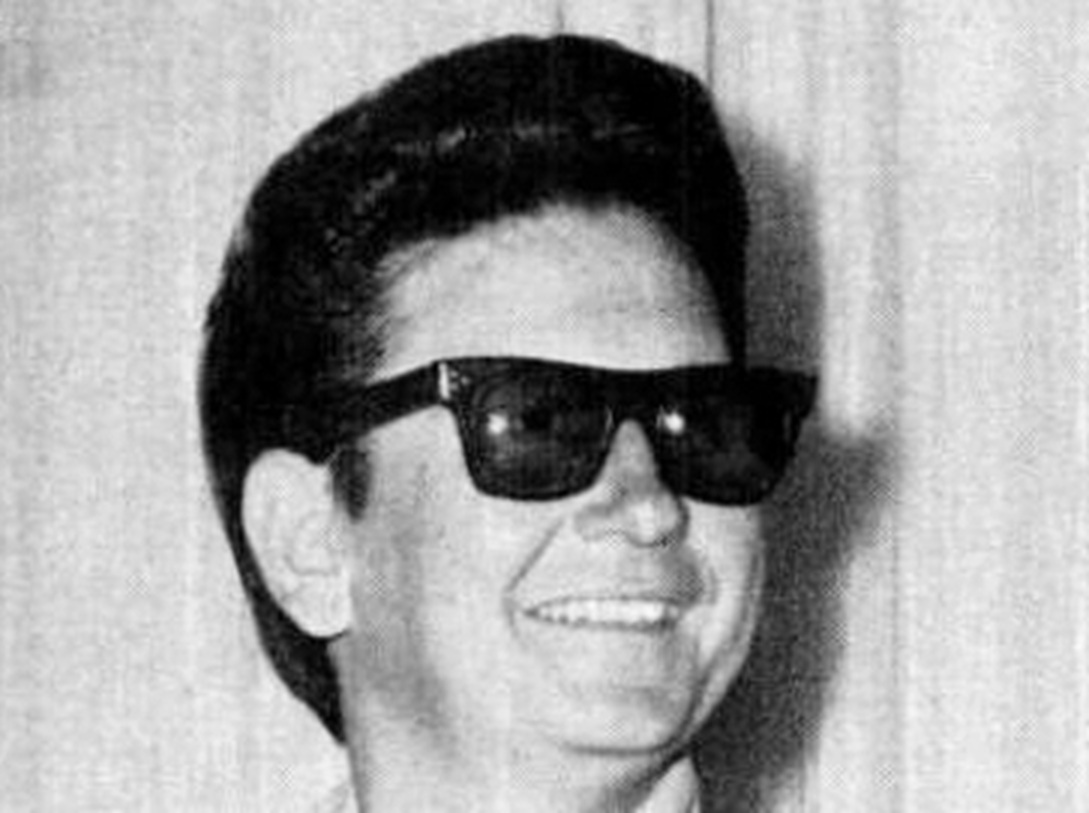 MGM Records, Wikimedia Commons
MGM Records, Wikimedia Commons
18. He Started A Family
Moving away from music production, Roy relocated to Odessa, Texas that fall with his 16-year-old girlfriend Claudette, whom he had met several years prior. The two married shortly after, and the following year in 1958, Claudette gave birth to their first child, Roy. On the professional side, however, he wasn’t as enthused.
19. He Was Finished
While Roy had no desire to record any further music, part of him would always stay connected to the industry. So, while in Texas, he continued performing in various venues until even that lost its intrigue and he stopped in 1958. Although he stopped recording and performing, he hadn’t finished with all musical endeavors.
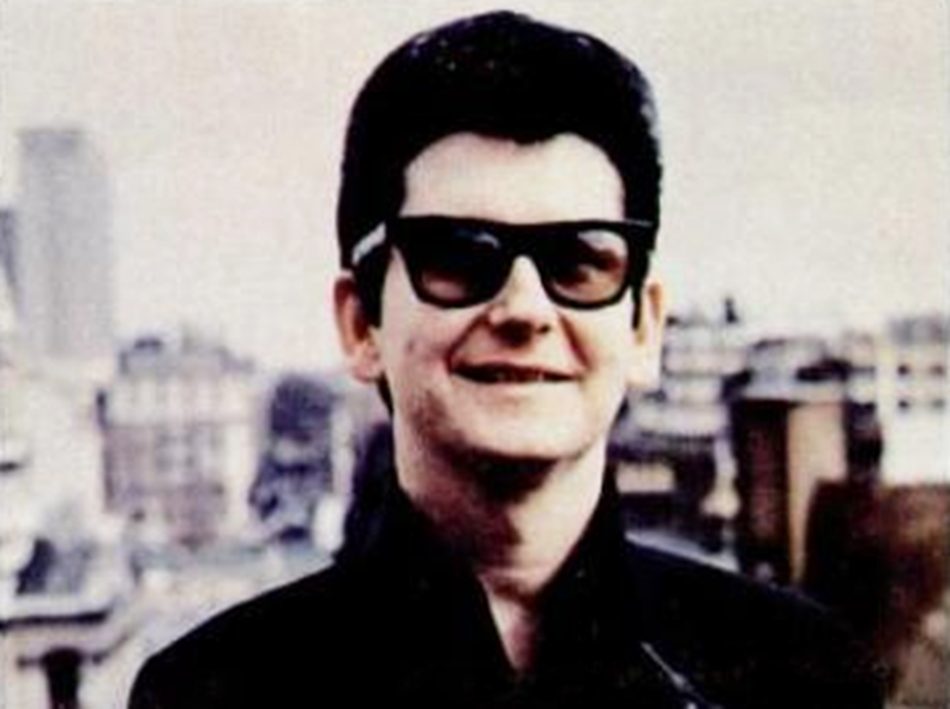 MGM Records, Wikimedia Commons
MGM Records, Wikimedia Commons
20. He Focused On Writing
Roy had become disillusioned with many aspects of the industry, but he still enjoyed writing music. Over the next year, he worked for Acuff-Rose Music, a firm focused around writing country songs for musical acts. While at this firm, he forged a relationship with producer Wesley Rose, to whom Roy would send his demos.
This soon proved to be invaluable.
21. His Name Came Up
After a year of work with Acuff-Rose Music, Roy stumbled into another opportunity at a music career when someone took a chance on him. Wesley Rose, who had listened to Roy’s demos for the past year, suggested the musician’s name to another big wig—Fred Foster of Monument Records. The following year in 1960, Roy signed on with the label.
He could finally return to the recording booth.
 Bruce Tuten, CC BY 2.0, Wikimedia Commons
Bruce Tuten, CC BY 2.0, Wikimedia Commons
22. He Tried Something New
While working at Acuff-Rose Music, Roy spent many hours writing songs with singer Joe Melson, and continued to do so afterward. After signing on to Monument Records, the two wrote "Only the Lonely (Know the Way I Feel)," which included several innovative aspects for his usual music. It had doo-wop back-up singers and strings, and Roy even sang falsetto.
Thankfully, this gamble wasn’t for nothing.
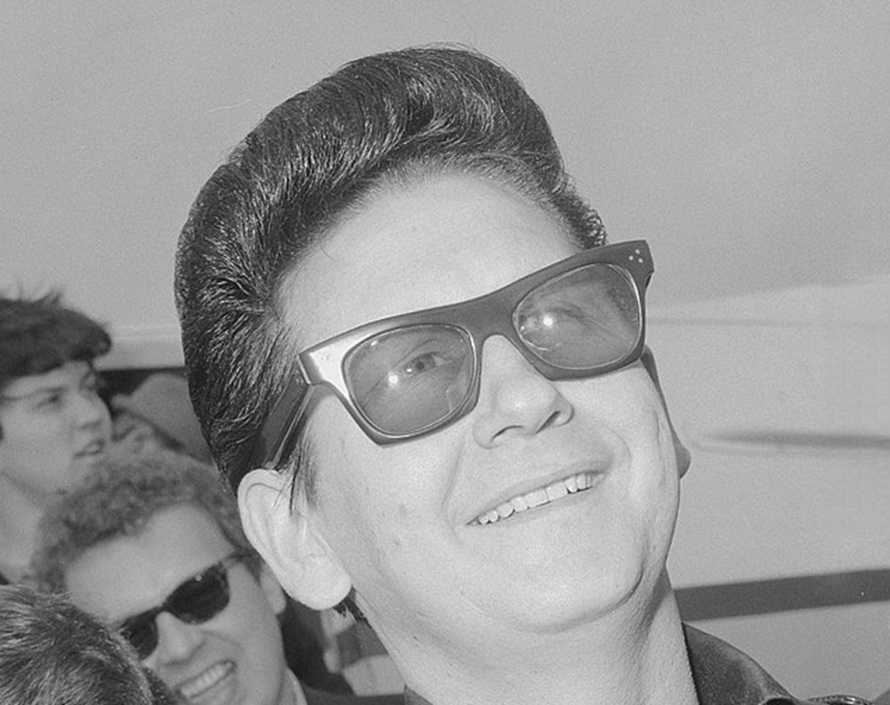 Jack de Nijs for Anefo, Wikimedia Commons
Jack de Nijs for Anefo, Wikimedia Commons
23. His Risk Paid Off
Roy wasn’t unemployed, but struggled to provide for his family, at least before he and Joe Melson wrote their new song. After Roy recorded "Only the Lonely,” an honor passed up by the Everly Brothers and Elvis, the single released to instant success. Suddenly, Roy wasn’t the obscure, failed musician anymore, and listeners fell in love with him.
Of course, while he rose higher, someone close to him only felt miserable.
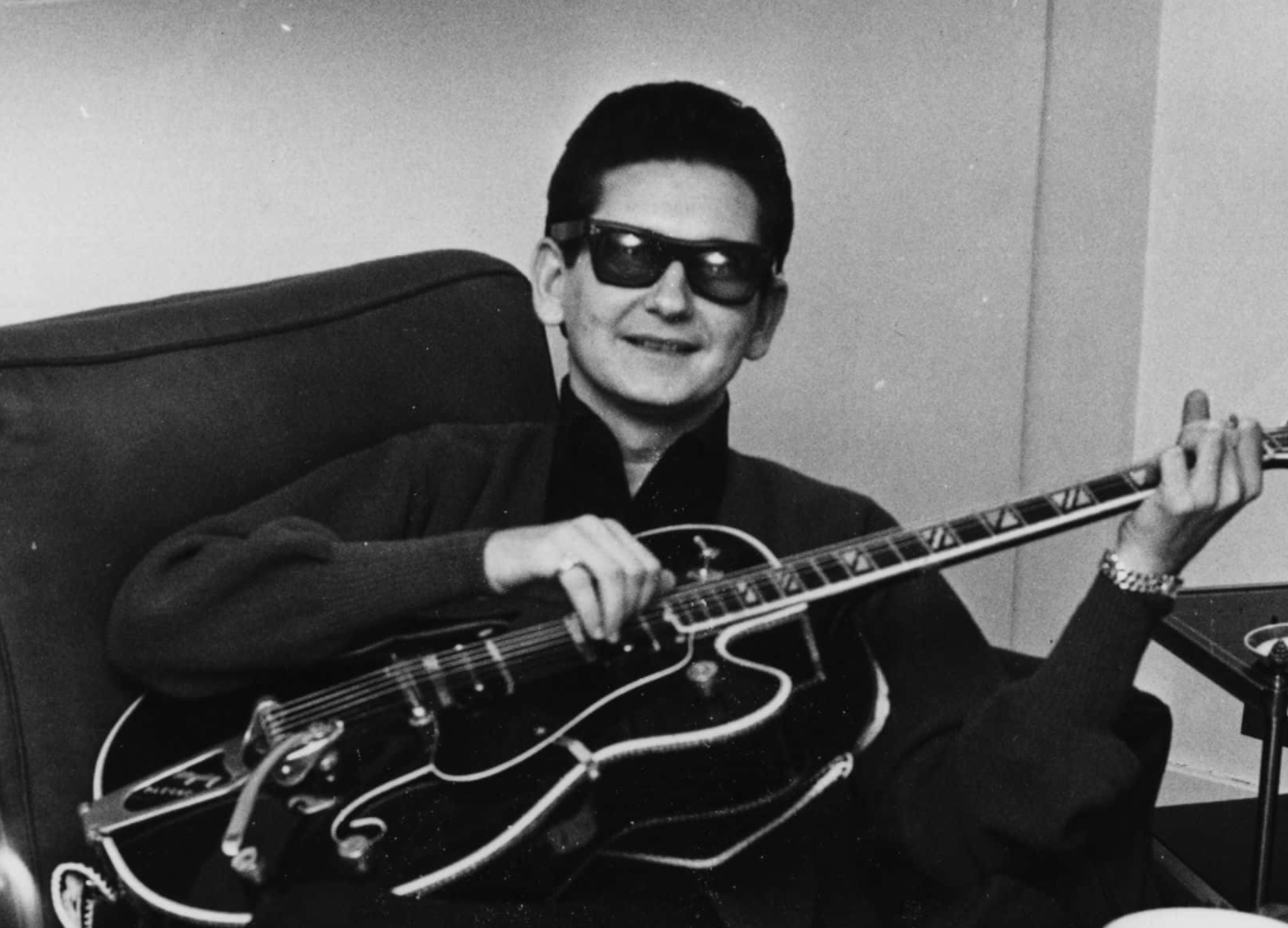 Evening Standard, Getty Images
Evening Standard, Getty Images
24. She Was Unhappy
In a few months, Roy went from struggling to success, and released his next single, “Blue Angel,” before long. This newfound fame had him traveling all over on tour, which naturally impacted his family life. Claudette stayed home alone with their son and people began to talk, spreading rumors of Roy's infidelity.
Even the subject matter of his music hinted that there may have been trouble in paradise.
 RockLobster, CC BY-SA 4.0, Wikimedia Commons
RockLobster, CC BY-SA 4.0, Wikimedia Commons
25. He Branched Out
As a musician, Roy was constantly evolving, and quickly found that even his latest few hits were too familiar for him. Wanting to diverge from his previous work’s “pop” style, he wrote the 1961 rock ballad, “Running Scared”. Ironically, the song follows a man worried about his girlfriend being unfaithful.
While recording this, one unforgettable incident demonstrated the strength of his talent.
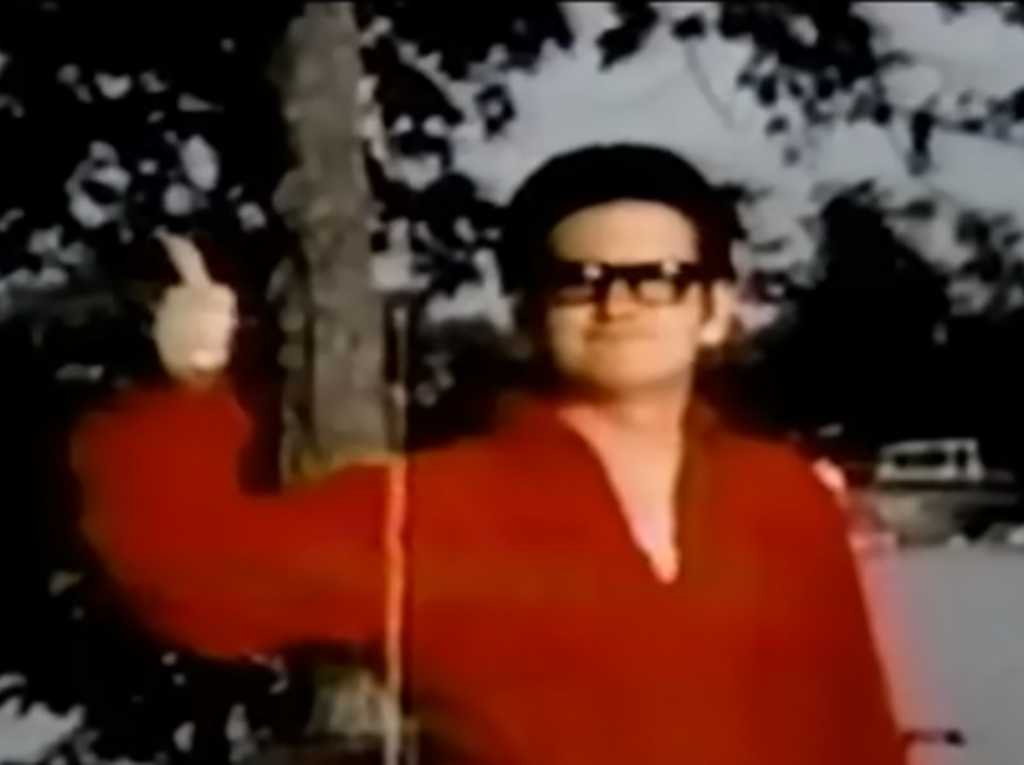 TNN, The Life and Times of Roy Orbison (1998)
TNN, The Life and Times of Roy Orbison (1998)
26. He Strained His Voice
Roy sang among an entire orchestra when recording “Running Scared,” and as the other musicians could only play so quietly, he needed to sing louder. This proved difficult during a certain falsetto note, and after two attempts where his voice broke under the strain, he chose to sing a natural high “A” instead. He proceeded to nail it, stunning everyone in the room.
It was this voice that led to his international fame.
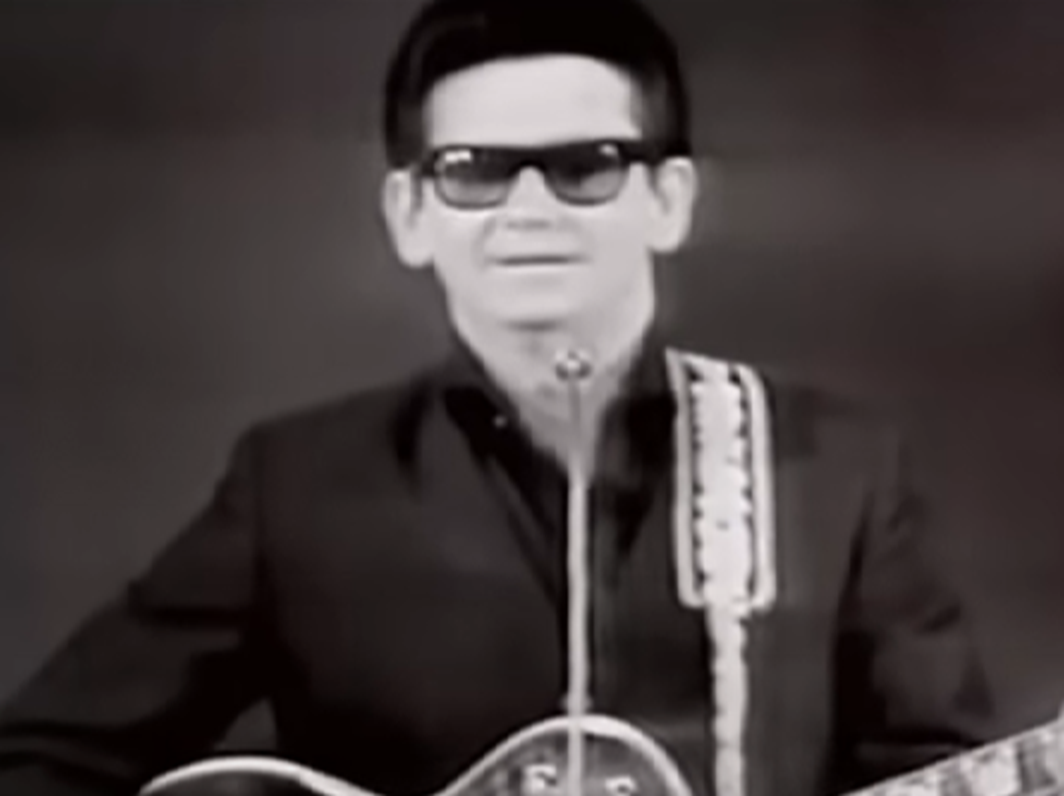 TNN, The Life and Times of Roy Orbison (1998)
TNN, The Life and Times of Roy Orbison (1998)
27. He Got His Nickname
In the next two years, Roy pumped out even more hits following the success of “Running Scared,” his first song to reach number one on the Billboard Hot 100. This prestige led to more appearances, including more worldwide tours. During one of these tours in Australia, a local DJ started calling Roy “The Big O,” referencing the strong finishes of his ballads.
Around the same time, he welcomed another addition to his family.
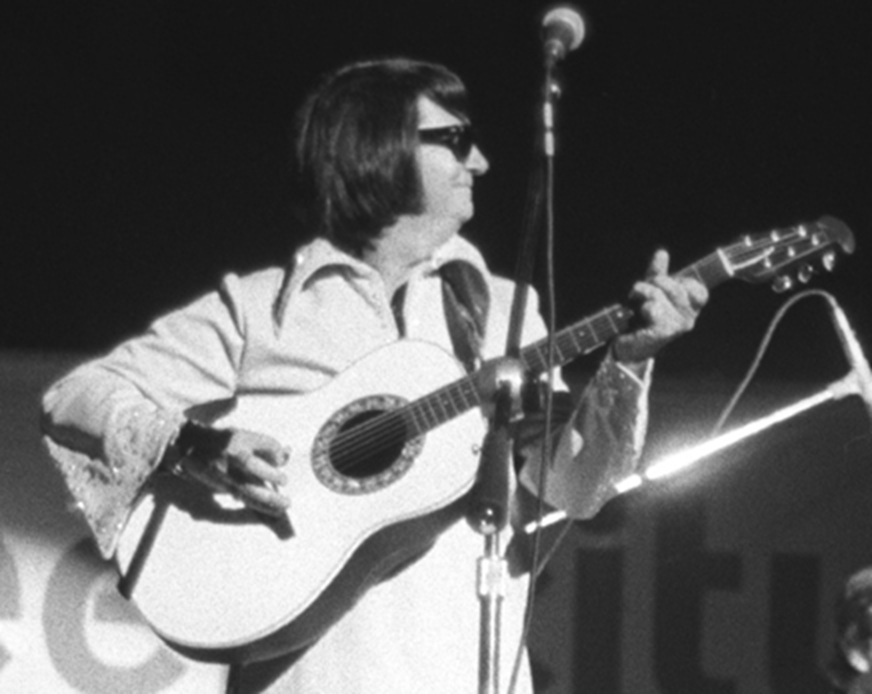 David Shoenfelt, CC BY-SA 3.0, Wikimedia Commons
David Shoenfelt, CC BY-SA 3.0, Wikimedia Commons
28. His Family Grew
Back home, shortly after he had begun working on “Blue Angel,” Roy had moved his wife and son to a suburb in Nashville. Only a couple of years later, he and Claudette would welcome another child. Their second son, Anthony King, was born in 1962, but Roy wasn’t the most present father.
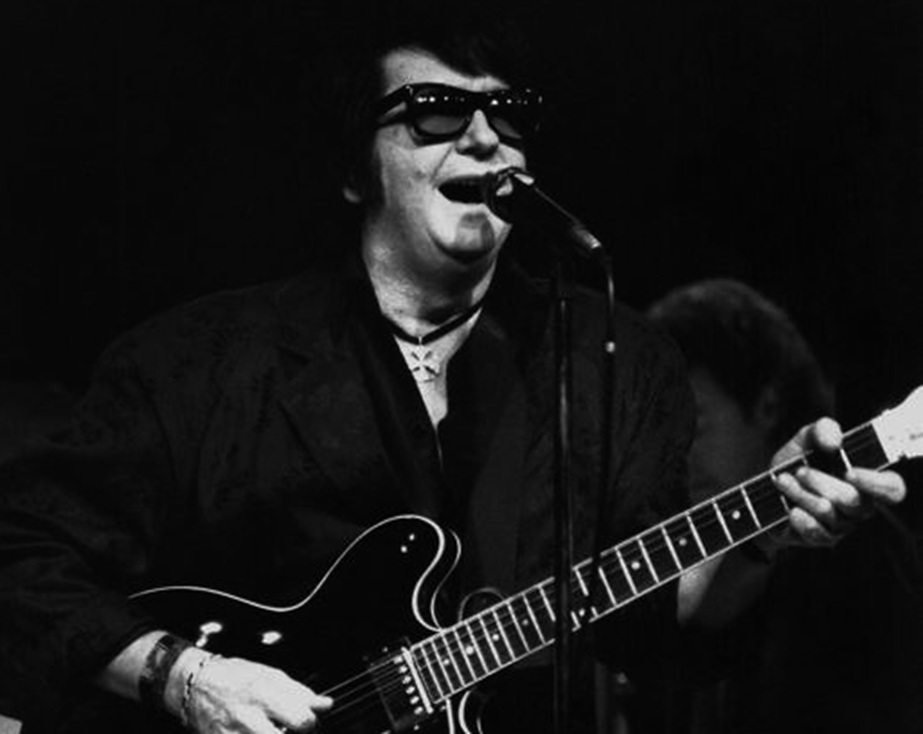 Ronzoni, CC BY-SA 3.0, Wikimedia Commons
Ronzoni, CC BY-SA 3.0, Wikimedia Commons
29. He Traveled Across The Pond
In 1963, UK organizers offered Roy a spot to tour alongside The Beatles. After accepting and flying over, Roy was in for a rude awakening that he wasn’t the only crowd-favorite. This culminated when an exasperated Roy asked “What's a Beatle, anyway?” before feeling John Lennon tap him on the shoulder with the reply, "I am".
Luckily, this tension didn’t persist throughout the tour.
 Poppe de Boer, Wikimedia Commons
Poppe de Boer, Wikimedia Commons
30. They Grew Closer
During the tour, the Beatles stood shocked at the crazed reception UK crowds had for Roy, who goaded him into 14 encores on their opening night. Fortunately, this didn’t evolve into bitterness, and Roy’s initial annoyance didn’t last. In fact, Roy got along famously with the Fab Four, especially since they had already been fans of his.
All the while, someone else was falling out of love with Roy.
31. She Found Someone Else
As was common for many musicians in Roy’s position, his constant touring and turbulent lifestyle caused his personal life to break down. He allegedly had several hidden romances, one of which became evident to Claudette while Roy was on tour in 1963. Devastatingly, she discovered a letter penned by one of her husband's mistresses. Due to this, and her increasing loneliness, she began an affair with the man who built their home.
Roy wasn’t aware of this yet, and Claudette was still involved in his life when he was home.
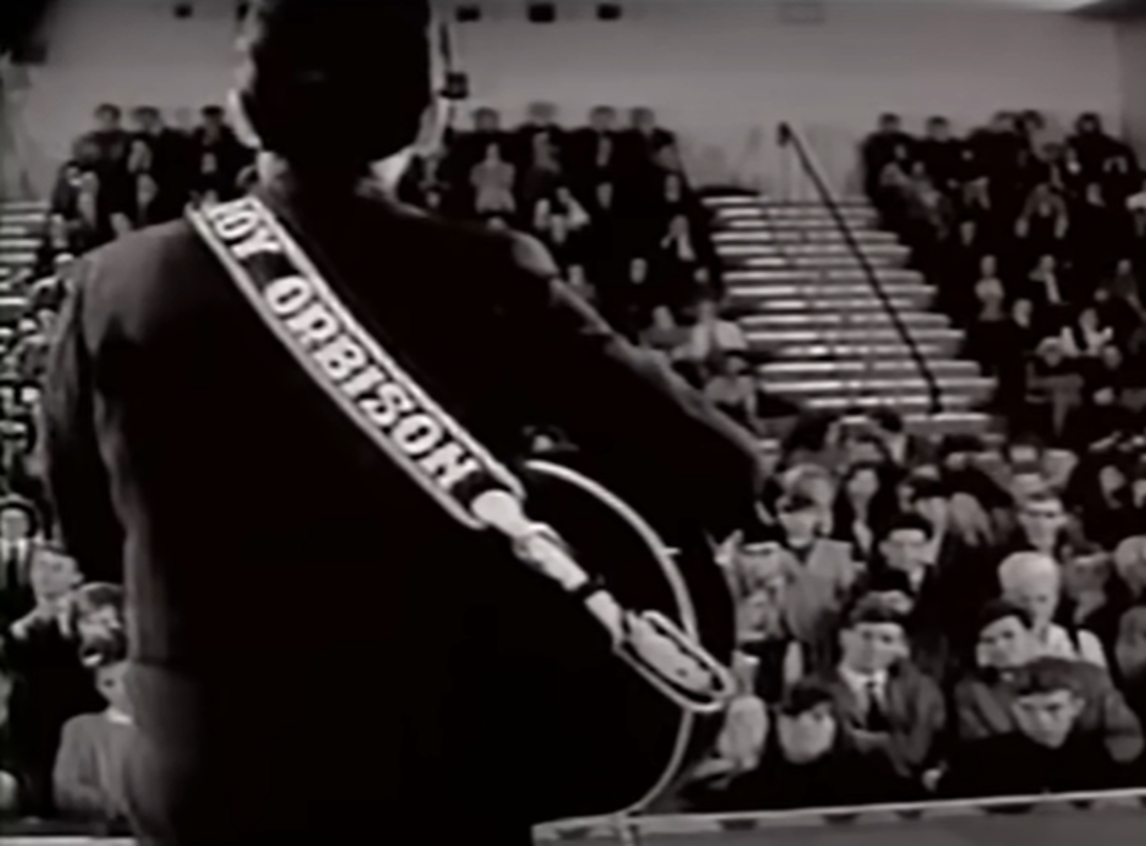 TNN, The Life and Times of Roy Orbison (1998)
TNN, The Life and Times of Roy Orbison (1998)
32. He Wrote A Masterpiece
Roy’s inspiration came from even the most mundane instances. In 1964, when he and musician Bill Dees were brainstorming a new song, Claudette stopped in, and Roy inquired if she had money on her. Dees responded that "a pretty woman never needs any money," inspiring them to write “Oh, Pretty Woman,” which reached number one in America and the UK, and sold over 7 million copies.
Despite their appearances, Roy and Claudette were only doing worse.
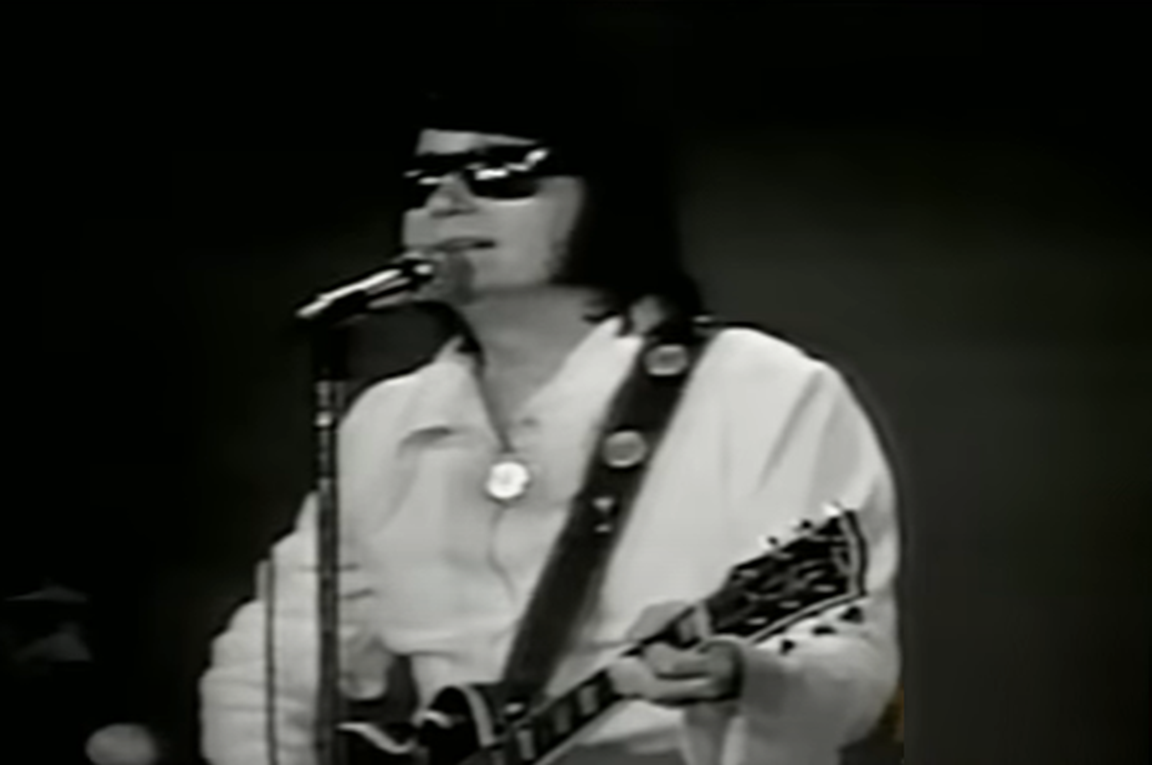 TNN, The Life and Times of Roy Orbison (1998)
TNN, The Life and Times of Roy Orbison (1998)
33. They Were Off And On
Roy and Claudette’s issues came to a head in late 1964, when Roy learned of his wife’s affair. Although he wasn’t exactly the pinnacle of marital fidelity, this pushed Roy over the edge, and he stated the following year that he and Claudette had divorced. This didn’t last long, and the two got back together after welcoming their third child, Wesley, that same year.
Roy had more drastic changes in store, however.
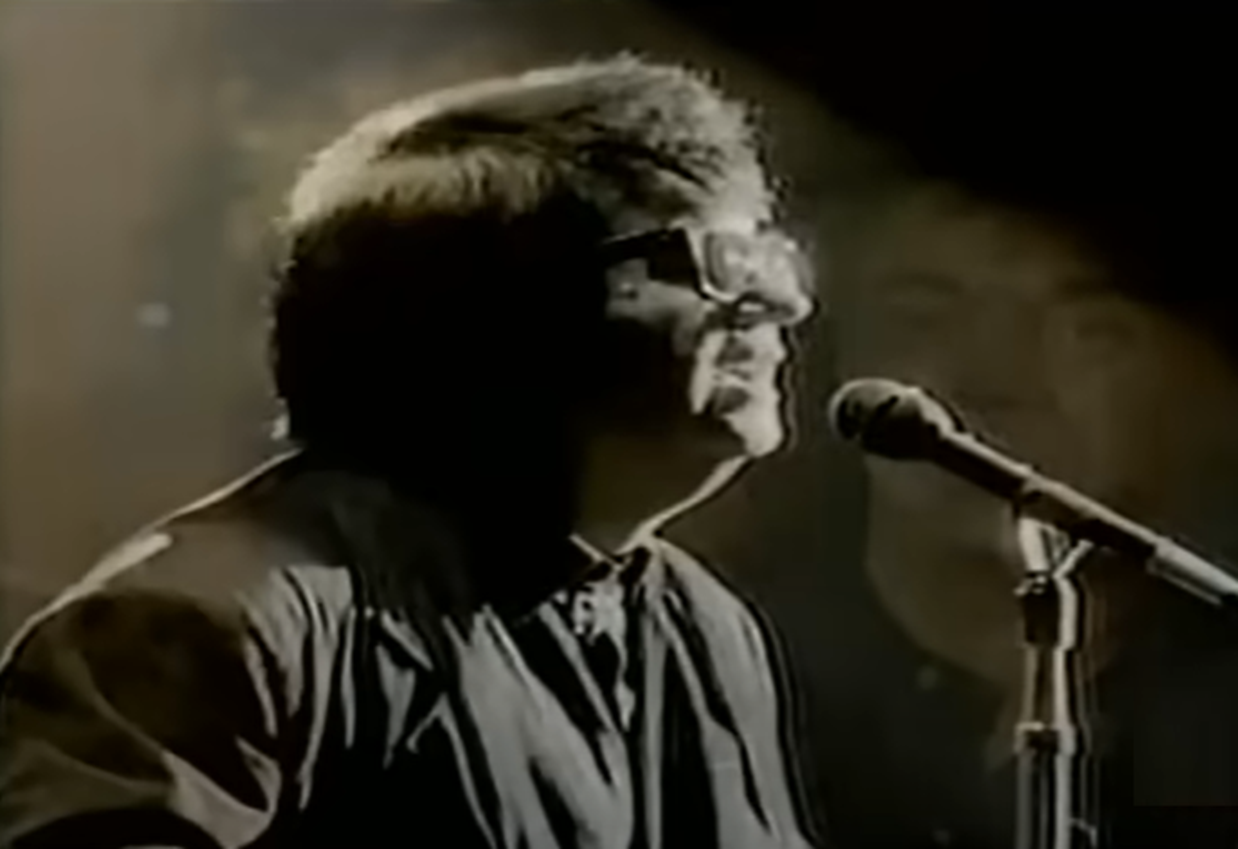 TNN, The Life and Times of Roy Orbison (1998)
TNN, The Life and Times of Roy Orbison (1998)
34. His Popularity Fell
Around the mid-1960s, Roy experienced a staggering industry shift that proved detrimental to his career. He continued releasing moderately successful singles, but none reached the heights he was used to. The biggest factor in this switch was the British Invasion movement, whose radical new sound attracted listeners away from Roy and other musicians like him.
Sadly, this wasn’t the worst of it.
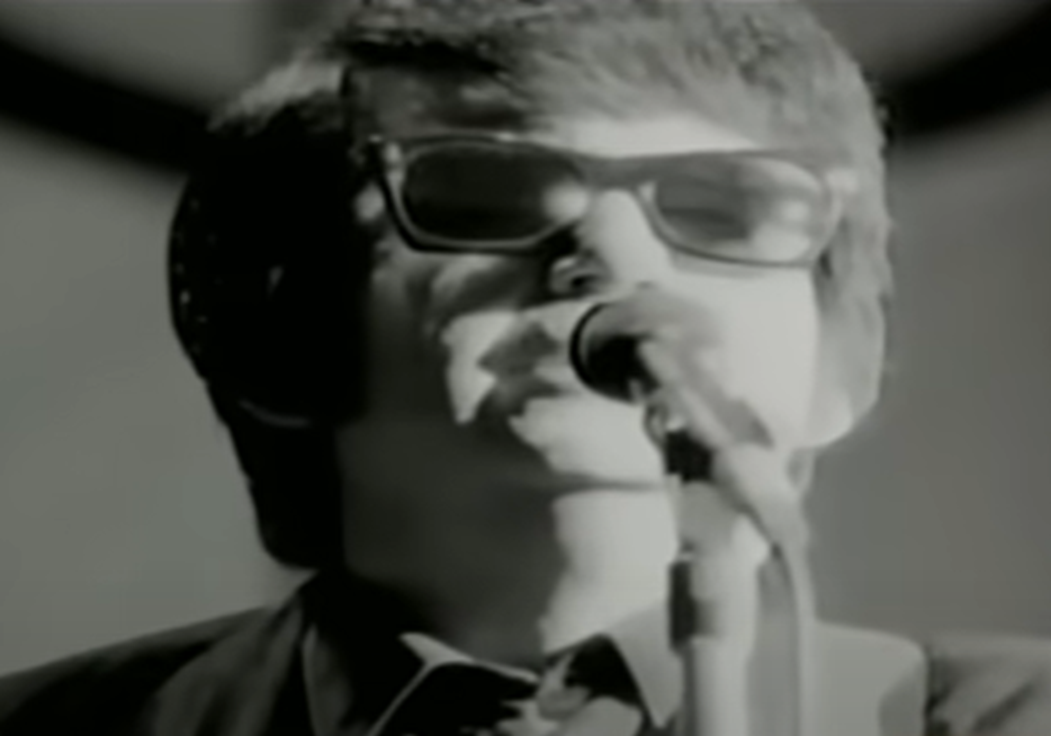 TNN, The Life and Times of Roy Orbison (1998)
TNN, The Life and Times of Roy Orbison (1998)
35. He Suffered A Tragedy
One of the things Roy and Claudette bonded over was a mutual love of motorcycles. Even wilder? It was Elvis himself who sparked their interest in motorcycles in the first place. However, this passion would lead to one of his greatest losses.
While riding their bikes home on June 6, 1966, Claudette became involved in a severe crash with a pickup truck that had her rushed to the hospital. Tragically, she succumbed to her injuries and passed at just 25 years old. Trying to cope and distract himself, Roy explored different avenues.
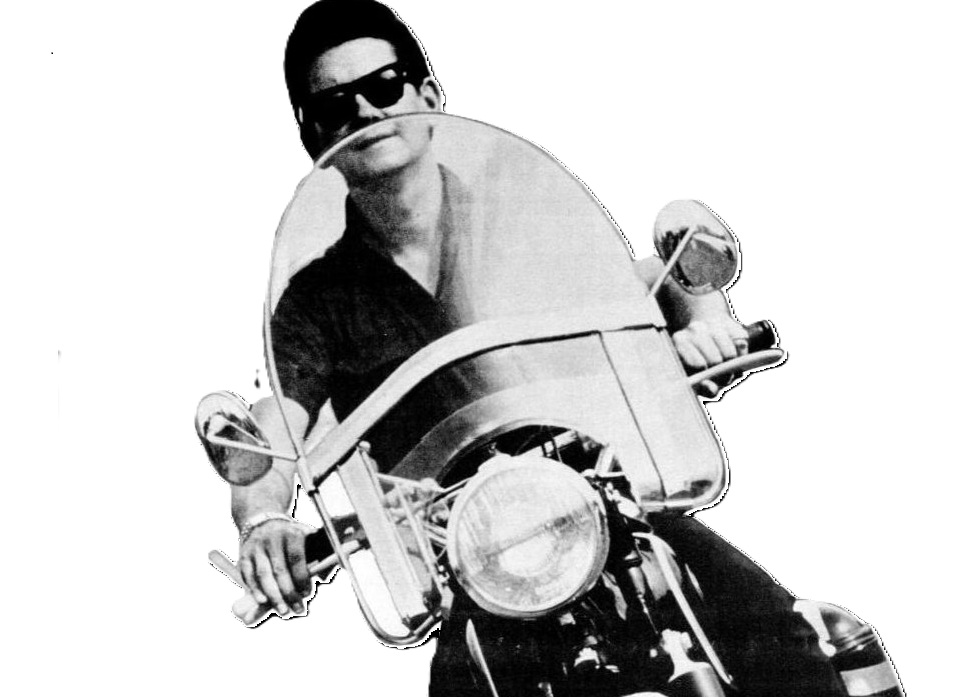 MGM Records, Wikimedia Commons
MGM Records, Wikimedia Commons
36. He Worked In Another Industry
Around the same time, MGM signed Roy to work on music for their films and to star in five of them. The first was The Fastest Guitar Alive, which he tried to divert all his attention to in the wake of his wife’s passing. While he thought it was great, the film received a poor critical and box-office reception, prompting MGM to cancel his subsequent roles.
His music also became even more obscure.
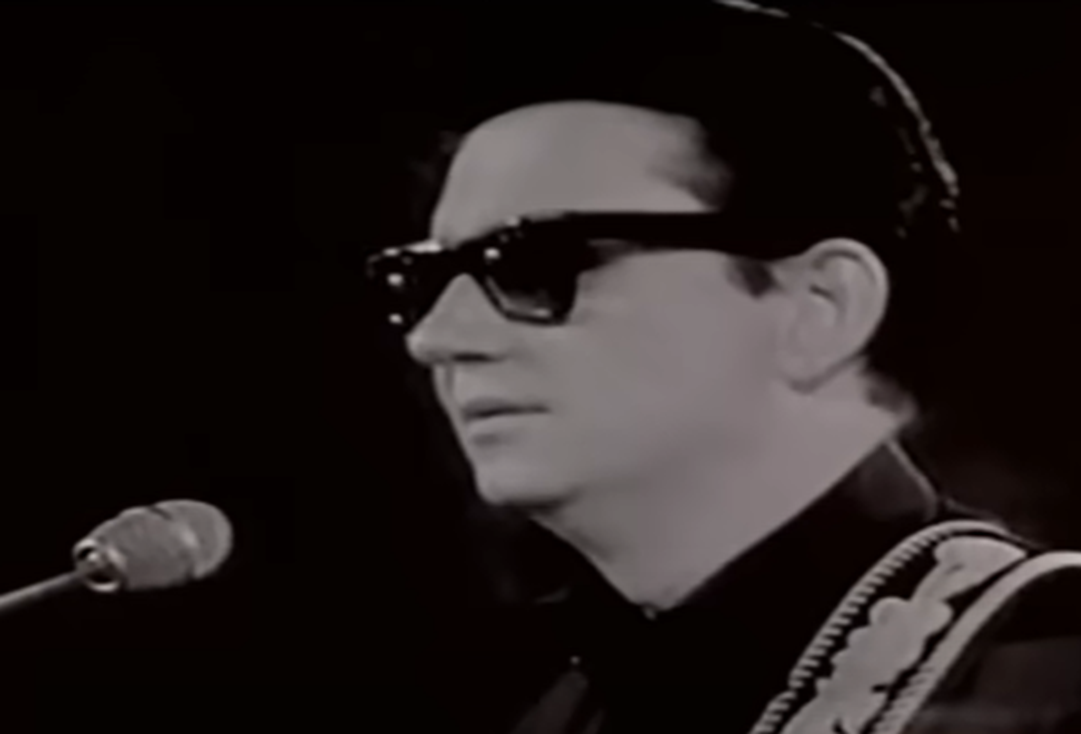 TNN, The Life and Times of Roy Orbison (1998)
TNN, The Life and Times of Roy Orbison (1998)
37. He Was Overshadowed
As the 1960s progressed, Roy’s music fell only further out of favor, especially due to some of the newer musicians taking the spotlight. Just like the British Invasion, and working in close parallel, the counter-culture movement diminished the popularity of Roy’s work. Instead, artists like Jimi Hendrix, the Doors, and the Rolling Stones rose up.
Sadly, the tragedies just kept on coming.
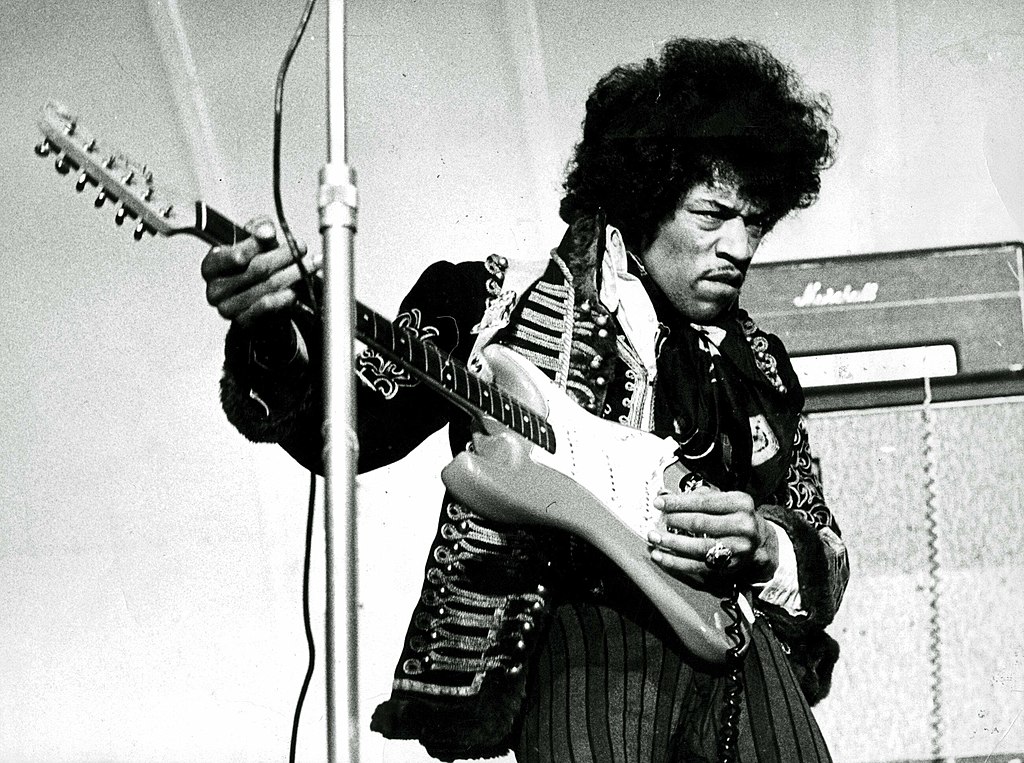 Unknown Author, Wikimedia Commons
Unknown Author, Wikimedia Commons
38. He Received Horrific News
As if losing his wife wasn’t enough, in the fall of 1968, Roy endured another unimaginably shocking tragedy. While on tour in Britain, he received news that his home in Tennessee had burned down. Much more devastating, the fire had taken the lives of his two eldest children, Roy and Anthony. Needless to say, this destroyed any motivation to continue in music.
Looking for comfort, he found it in the arms of someone else.
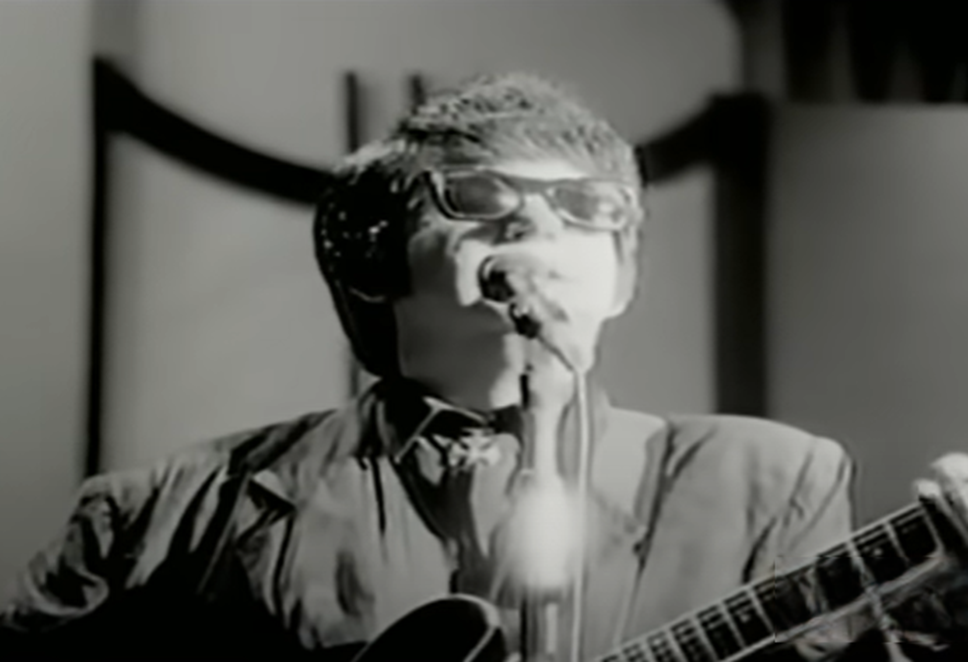 TNN, The Life and Times of Roy Orbison (1998)
TNN, The Life and Times of Roy Orbison (1998)
39. He Found Another Partner
It had been two years since Roy lost his wife, which he filled with several other romances, albeit short ones. This was until his 1968 British tour, where he unfortunately committed himself to another young woman. He and 16-year-old Barbara Wellhonen started seeing each other on and off, until they eventually got serious.
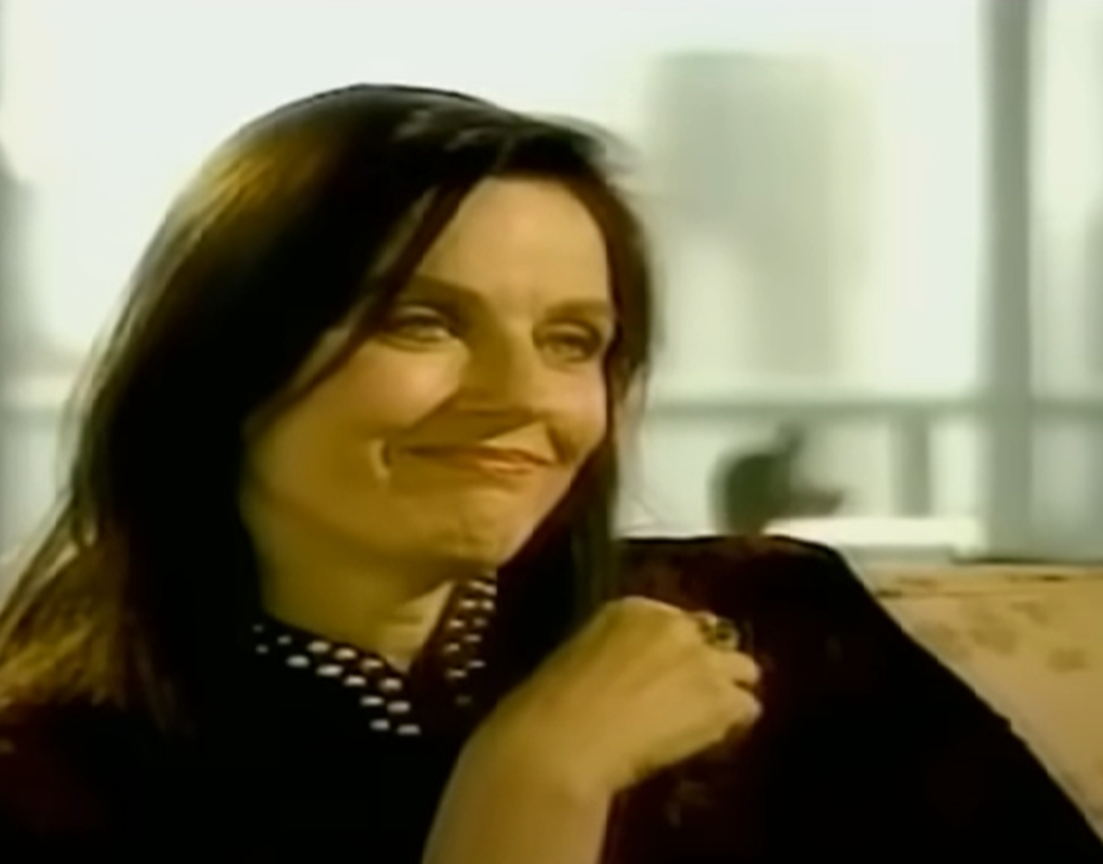 TNN, The Life and Times of Roy Orbison (1998)
TNN, The Life and Times of Roy Orbison (1998)
40. He Became A Father Again
Roy married Barbara in 1969, but regrettably didn’t return to fathering his one surviving child. He had long since left his and Claudette’s third son, Wesley, in the care of his parents, while the rock star started another family with Barbara. In 1970, and later in 1975, she gave birth to Roy and Alexander Orbison.
After the birth of Alexander, Roy started seeing some more negative changes.
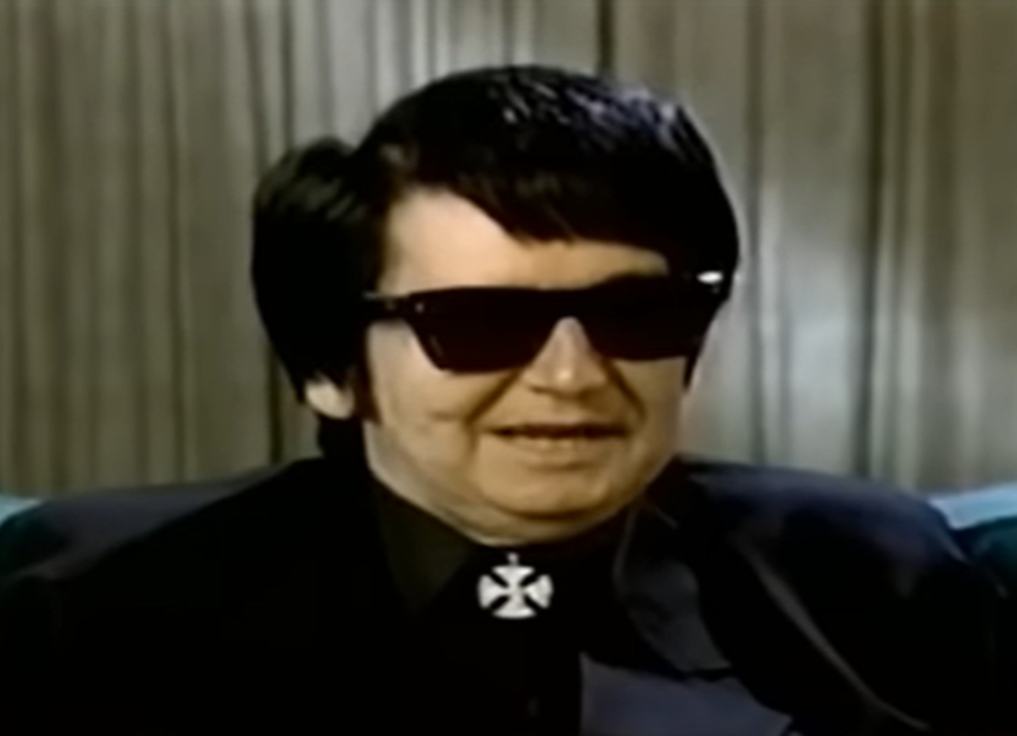 TNN, The Life and Times of Roy Orbison (1998)
TNN, The Life and Times of Roy Orbison (1998)
41. He Was In Danger
Toward the late 1970s, Roy started losing more than just his public acclaim, as his health began to suffer. In 1977, while vacationing in Hawaii, he went to the hospital—and learned how dire his situation was. The doctor realized that his coronary arteries had become obstructed, so much so that it was a miracle he was still alive.
Sadly, this scare didn’t change much about his lifestyle.
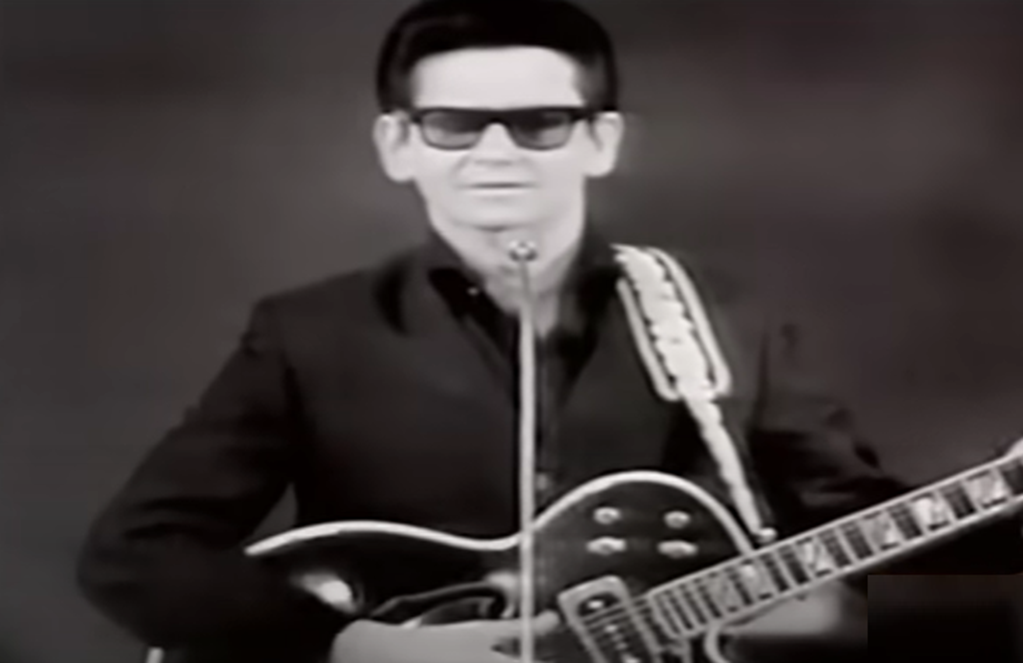 TNN, The Life and Times of Roy Orbison (1998)
TNN, The Life and Times of Roy Orbison (1998)
42. He Did What He Wanted
Roy would survive these initial health issues, but only due to an open-heart surgery he received a few months later in January 1978. This near-fatal event did little to sway him from his usual rockstar antics, and he saw the surgery as little more than a refreshing procedure before he resumed his more unhealthy habits.
While his success in America had dropped, it wasn’t the same in other countries.
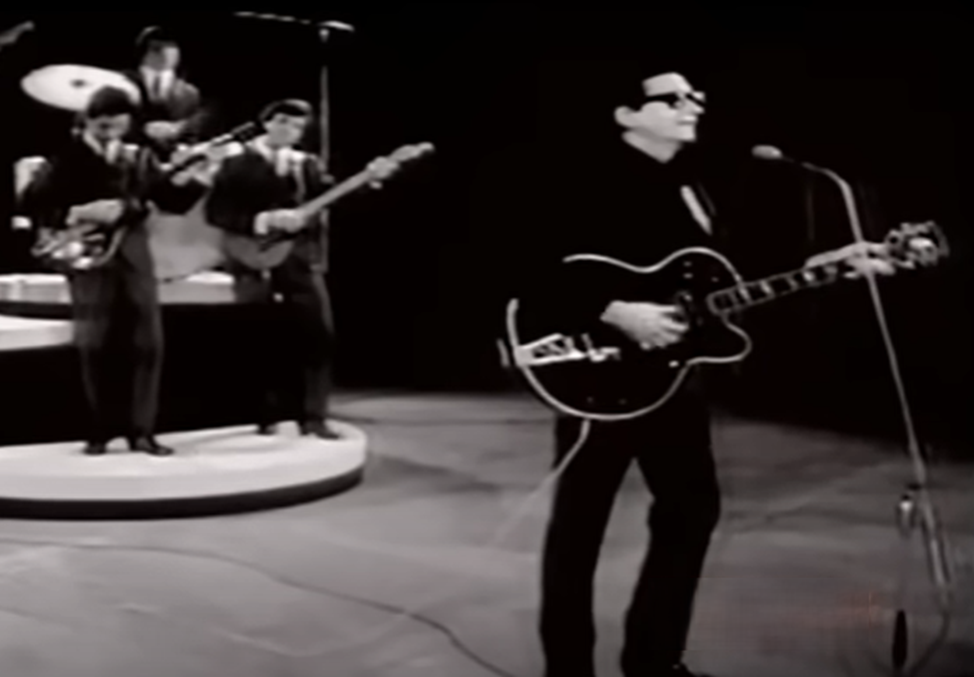 TNN, The Life and Times of Roy Orbison (1998)
TNN, The Life and Times of Roy Orbison (1998)
43. He Found International Acclaim Again
Going into the early 1980s, Roy had become a thing of the past in America, with any new singles falling flat and him fading into the industry’s background. However, in other more unexpected countries, his work flourished. For instance, fans in Bulgaria were chomping at the bit for his performances, in a frenzy similar to his peak in the 1960s.
No matter how his commercial success ebbed and flowed, his contributions were undeniable.
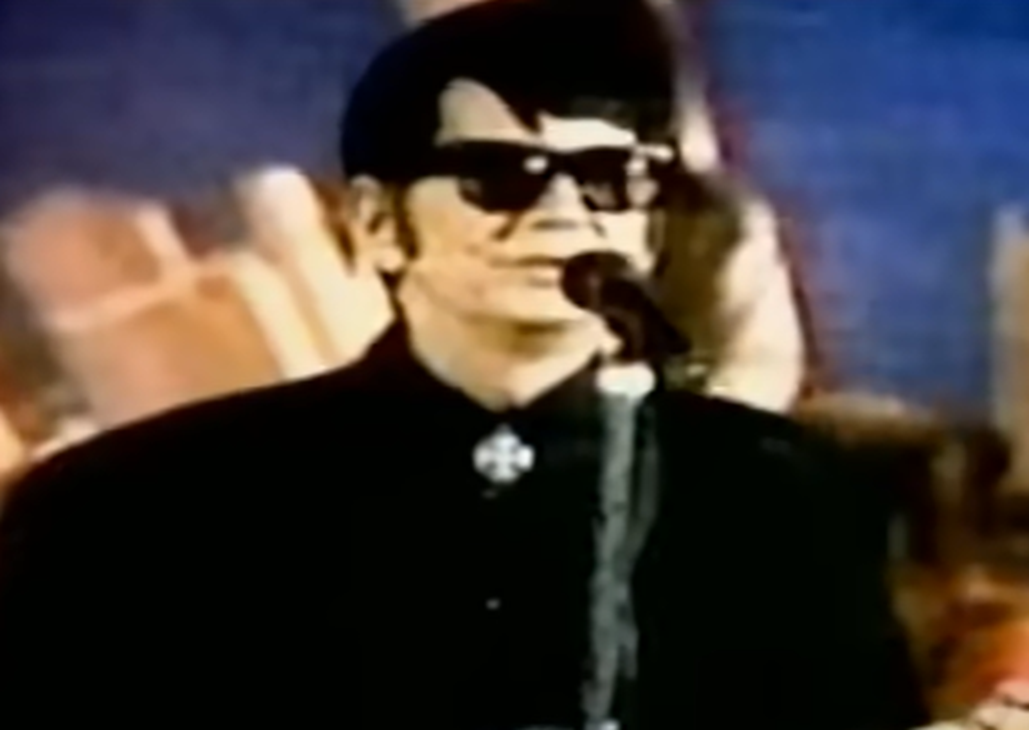 TNN, The Life and Times of Roy Orbison (1998)
TNN, The Life and Times of Roy Orbison (1998)
44. He Was Appreciated
Finally, toward the end of the 80s, America remembered how beloved Roy became during his time in the spotlight. In 1987, he received two honors, being inducted into the Nashville Songwriters Hall of Fame and the Rock and Roll Hall of Fame. The latter was by Bruce Springsteen, who spoke of the great inspiration Roy’s voice had on later musicians.
Following this, he discovered another source of inspiration.
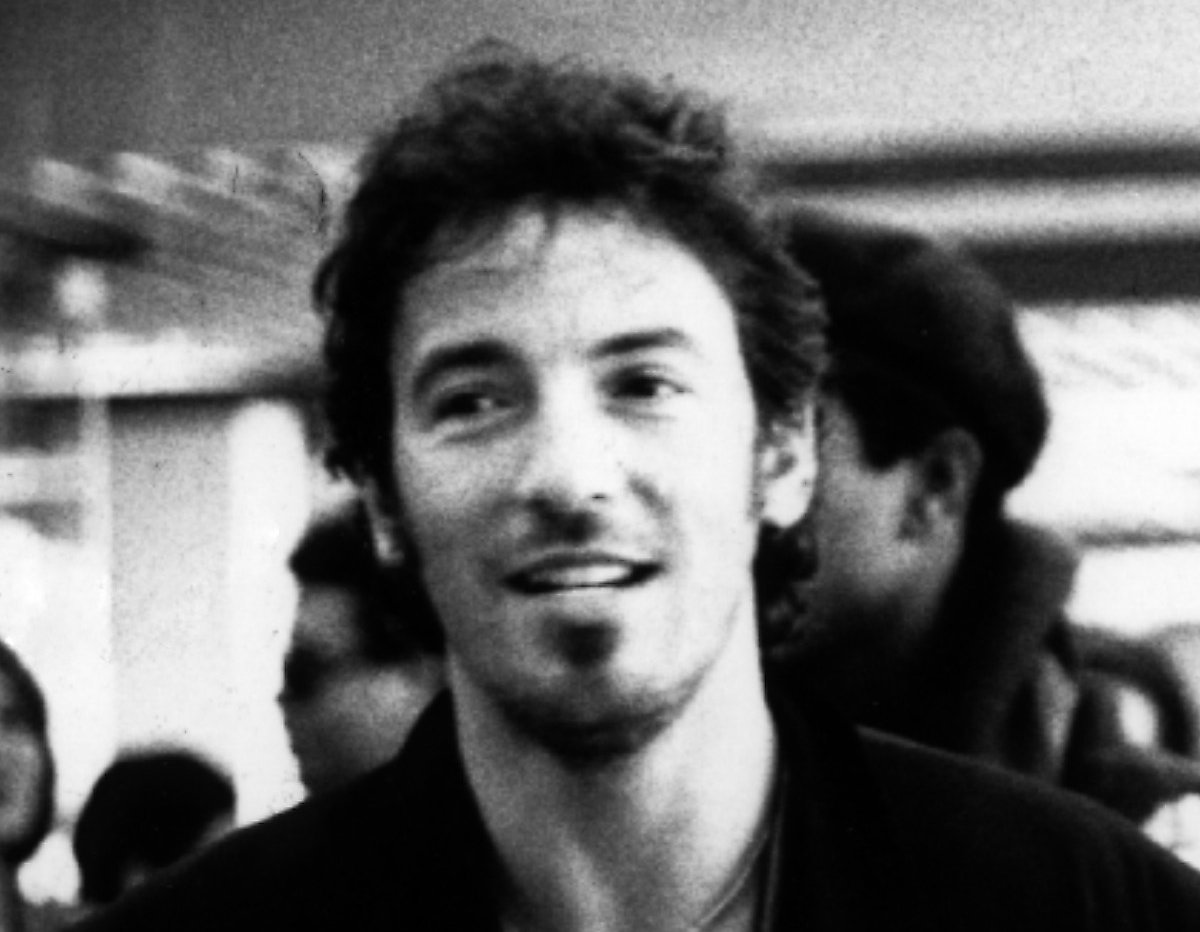 Laura Bland, Wikimedia Commons
Laura Bland, Wikimedia Commons
45. He Formed A Supergroup
Possibly Roy Orbison’s greatest claim to fame was the creation of the most famous supergroup in history. While having lunch in 1987 with Jeff Lynne of Electric Light Orchestra, and George Harrison, Roy agreed to a collaboration of Harrison’s imagination. They then enlisted Tom Petty and Bob Dylan, and all came together to form the Traveling Wilburys.
This wasn’t just any run-of-the-mill group, though.
 CBS Television, Wikimedia Commons
CBS Television, Wikimedia Commons
46. They Created Personas
Rather than success or talent, Harrison stated the most important factor in choosing members was "who you could hang out with". Once formed, the Traveling Wilburys focused on having fun with their music above all else. Part of this involved taking stage names, with Roy adopting the persona of “Lefty Wilbury,” inspired by his role model Lefty Frizzell.
Especially within the group, Roy was met with appreciation.
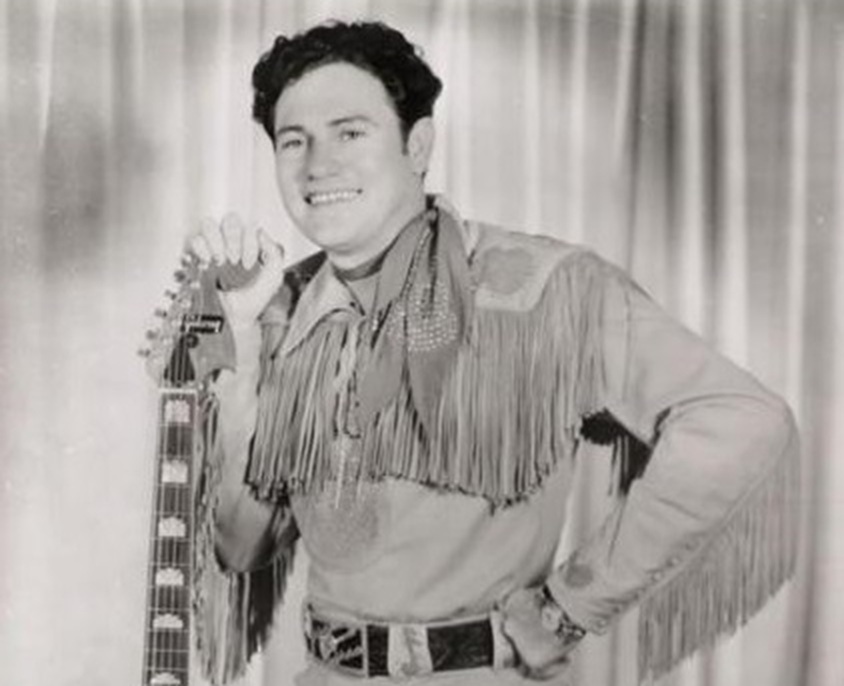 Columbia Records, Wikimedia Commons
Columbia Records, Wikimedia Commons
47. He Was Applauded
Each Traveling Wilburys member had come from great renown, and Roy was lucky enough to find a group of esteemed colleagues who greatly admired him. Even though they were all friends and could get along simply “hanging out and having a laugh,” Jeff Lynne would later state that once Roy started singing, he profoundly affected everyone who heard.
Sadly, his story was almost over.
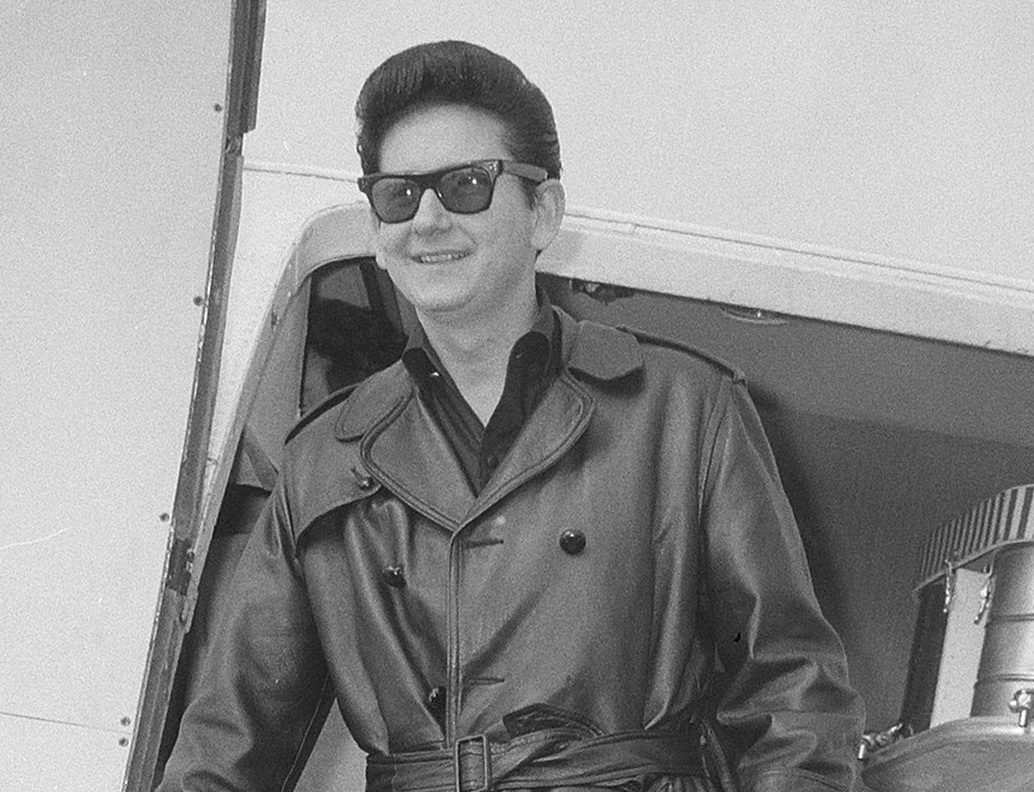 Jack de Nijs for Anefo, Wikimedia Commons
Jack de Nijs for Anefo, Wikimedia Commons
48. His Health Declined
In 1988, around the same time that Roy finished his solo comeback album Mystery Girl, he started experiencing serious chest pains. After taking another European trip and enduring a slate of long interviews, he also complained of severe headaches. Others could tell Roy was descending into an intense sickness, but he continued performing and making appearances.
Still, this only grew worse.
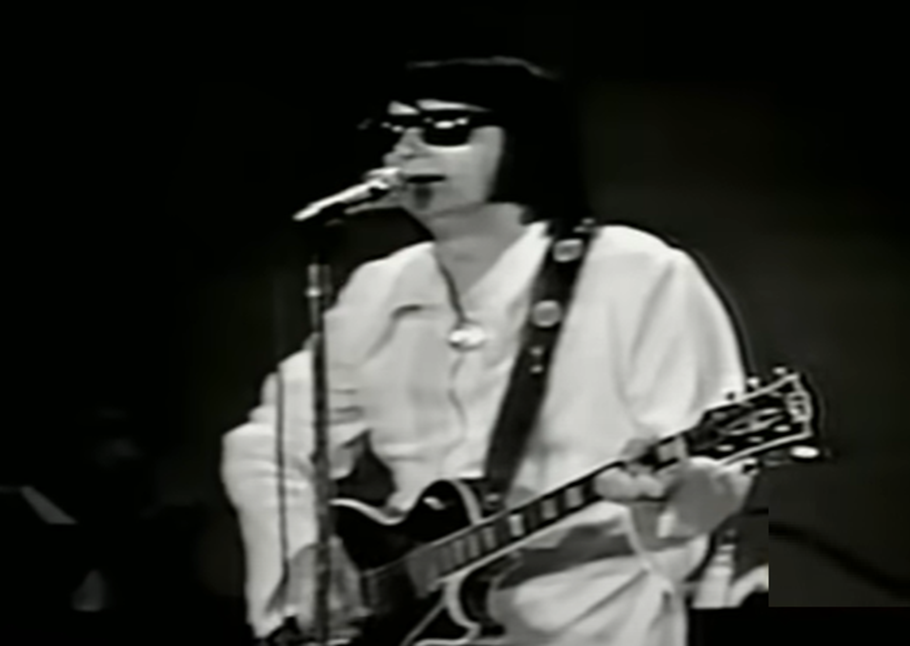 TNN, The Life and Times of Roy Orbison (1998)
TNN, The Life and Times of Roy Orbison (1998)
49. They Found Him
In late 1988, just a couple of weeks before Christmas, Roy’s life sadly came to an end. Following dinner with his friend on December 6, he visited his mother’s house and spent some time with his son Wesley before taking a bathroom break. After he didn’t come out for half an hour, his family discovered him on the floor. Though emergency services were contacted, it was already too late. Roy ultimately perished from a heart attack.
As a bit of silver lining, he didn’t end his career in obscurity.
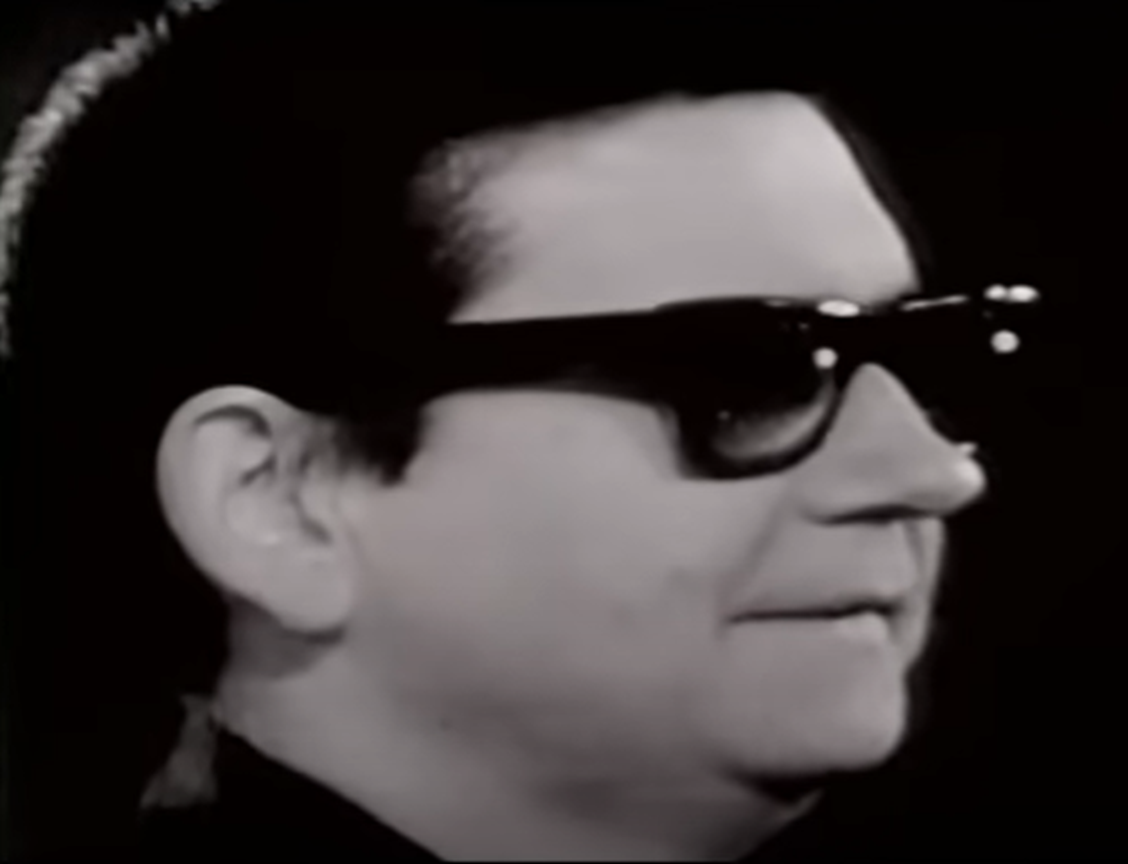 TNN, The Life and Times of Roy Orbison (1998)
TNN, The Life and Times of Roy Orbison (1998)
50. His Legacy Grew
For someone who experienced the chaotic highs and lows of the music industry firsthand, Roy was lucky enough to end on a high note, even posthumously. His album Mystery Girl, which released after his passing, broke his previous records and symbolized the fond memory many had of him. In fact, it charted the highest of all his solo albums at number five.
You May Also Like:
The Wild Life Of Muddy Waters, The Original Rolling Stone
What Happened To Brian Wilson From The Beach Boys?
Stevie Ray Vaughan Predicted His Own Death
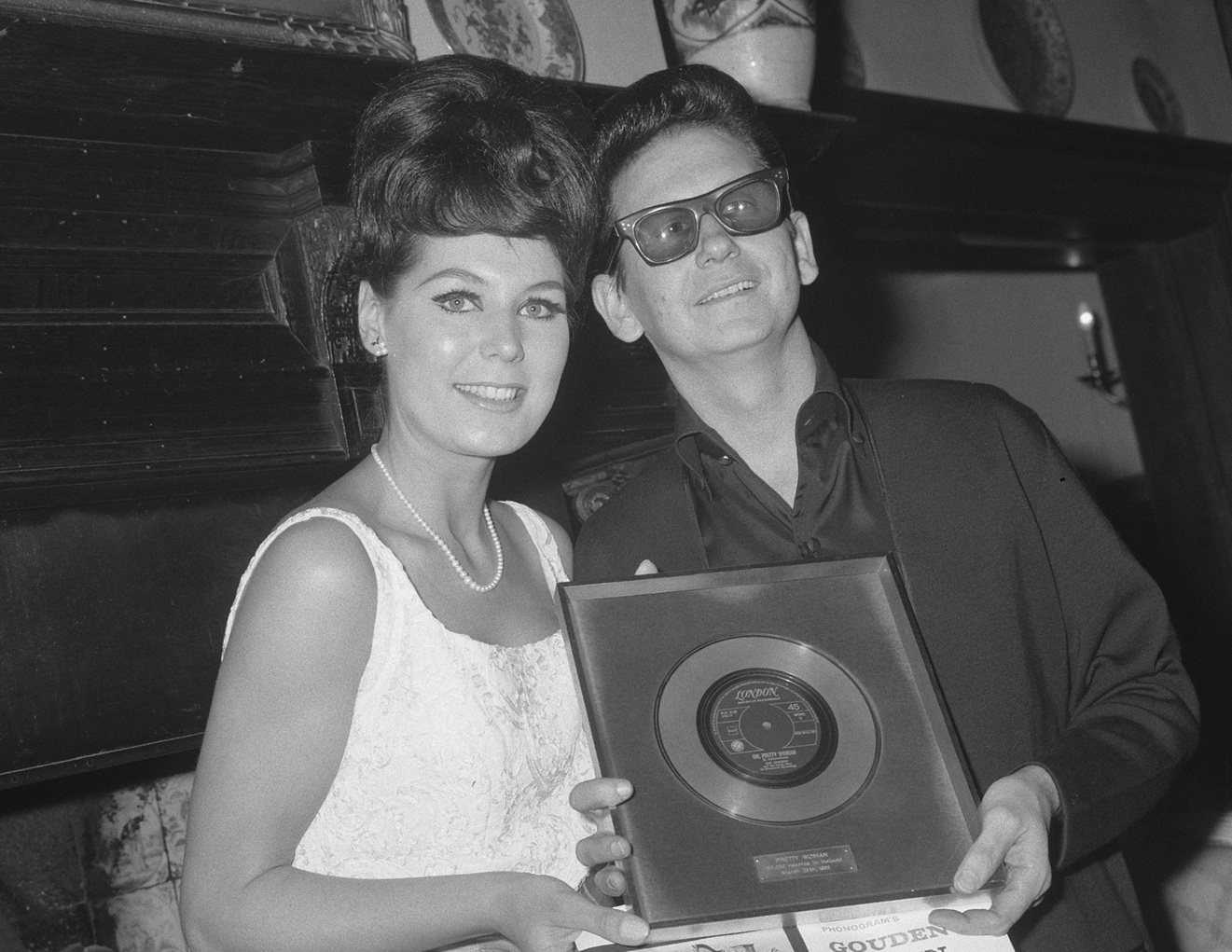 Jack de Nijs for Anefo, Wikimedia Commons
Jack de Nijs for Anefo, Wikimedia Commons

